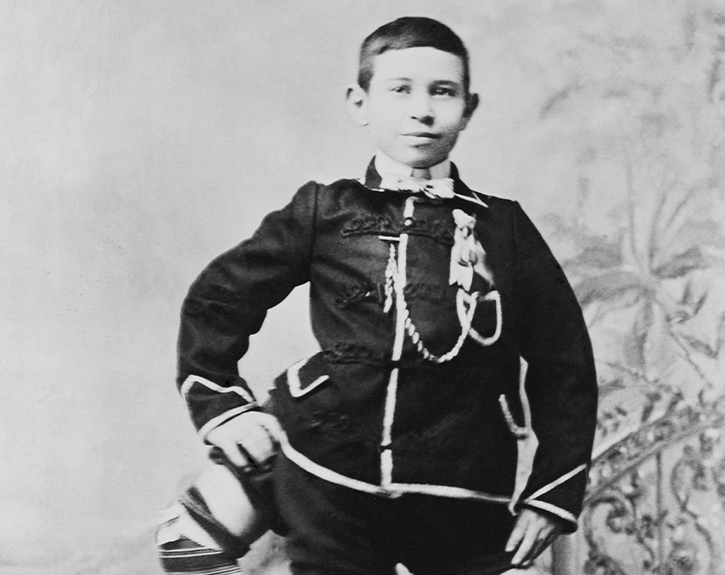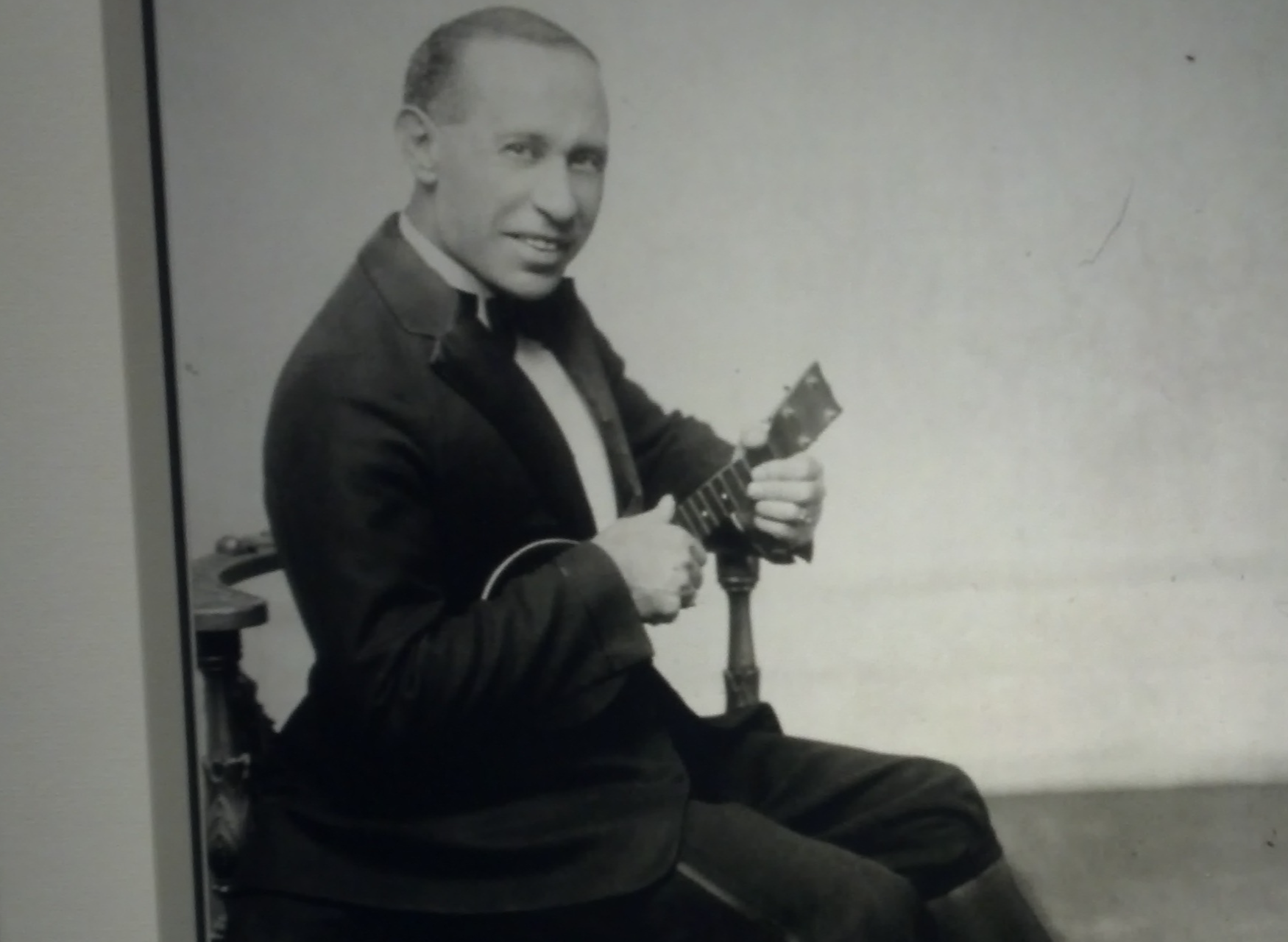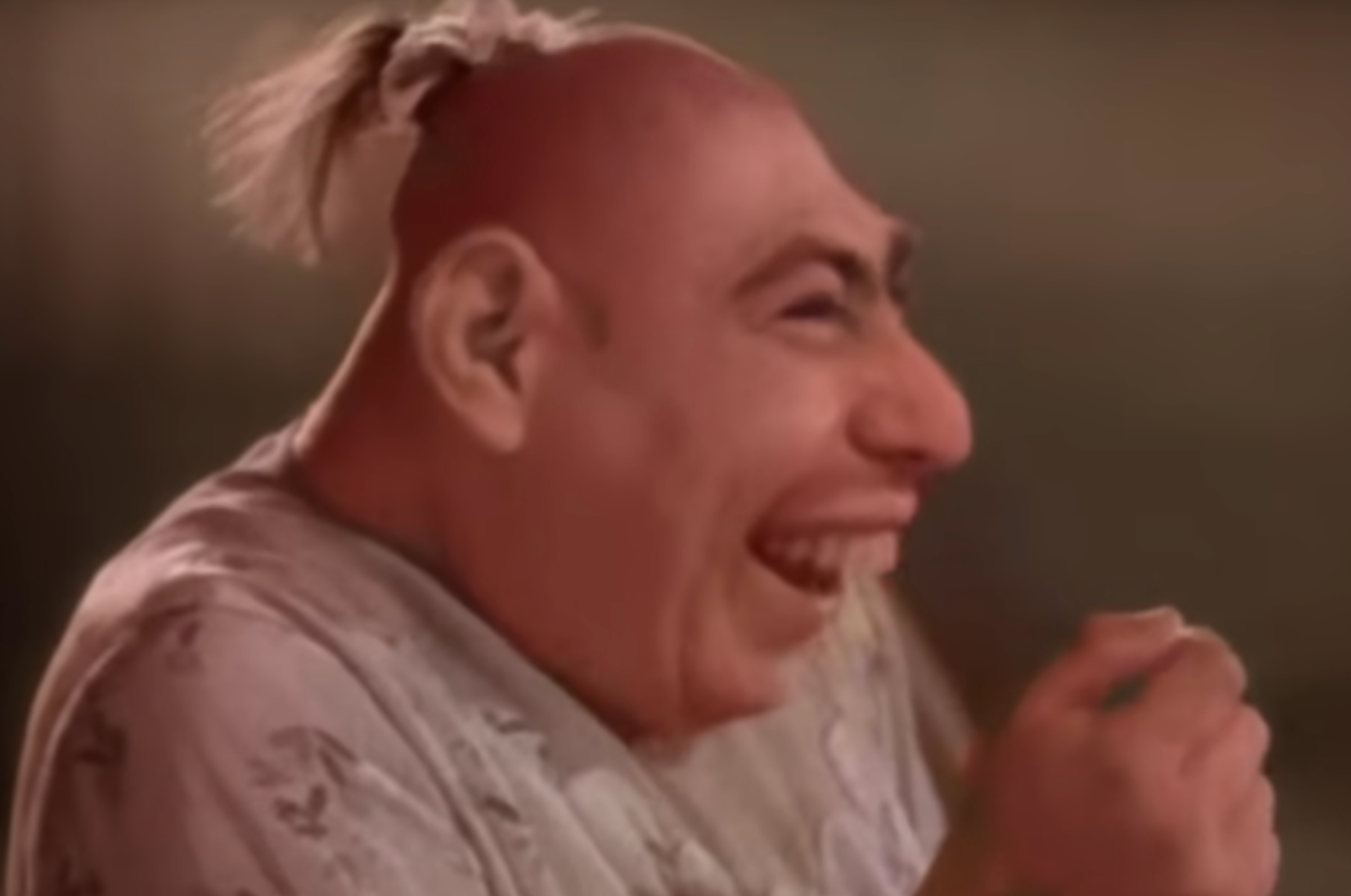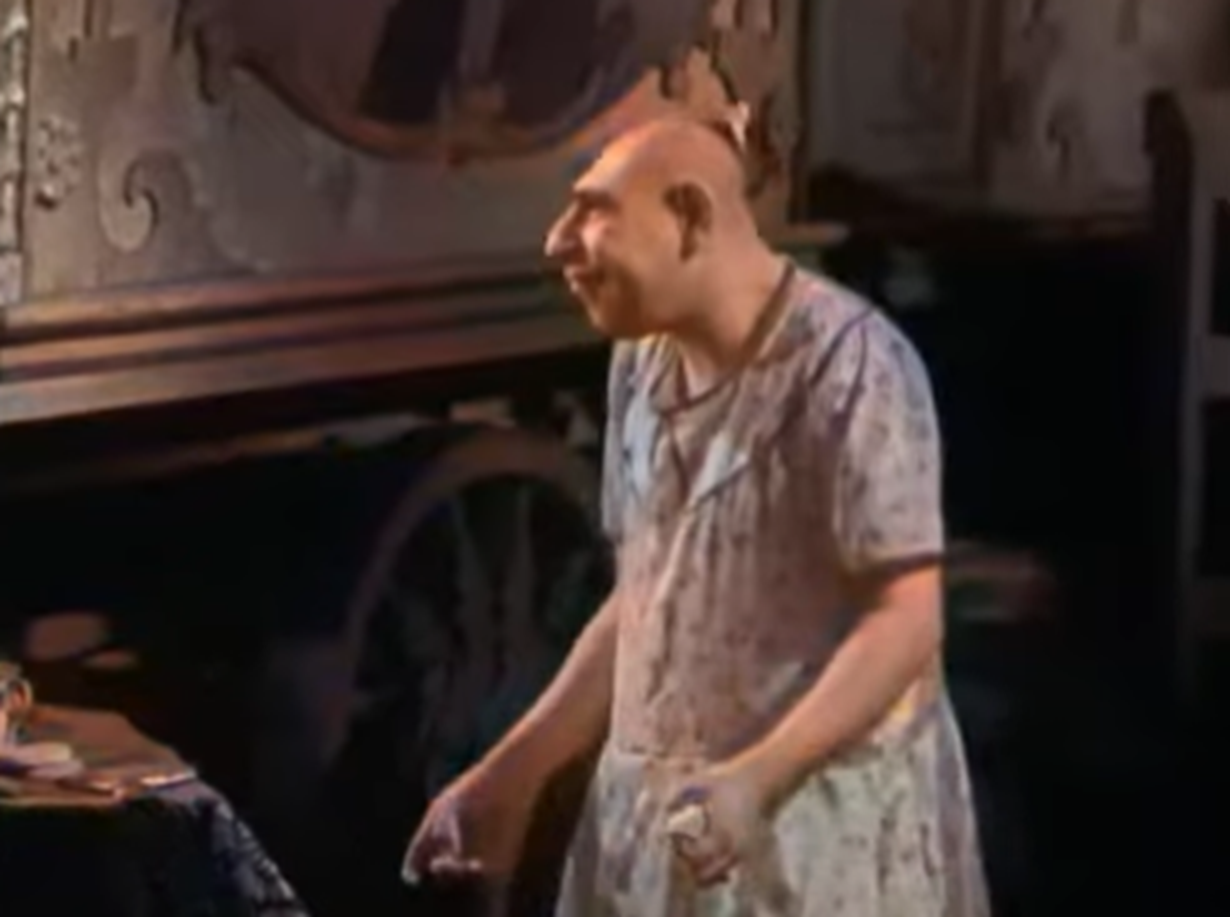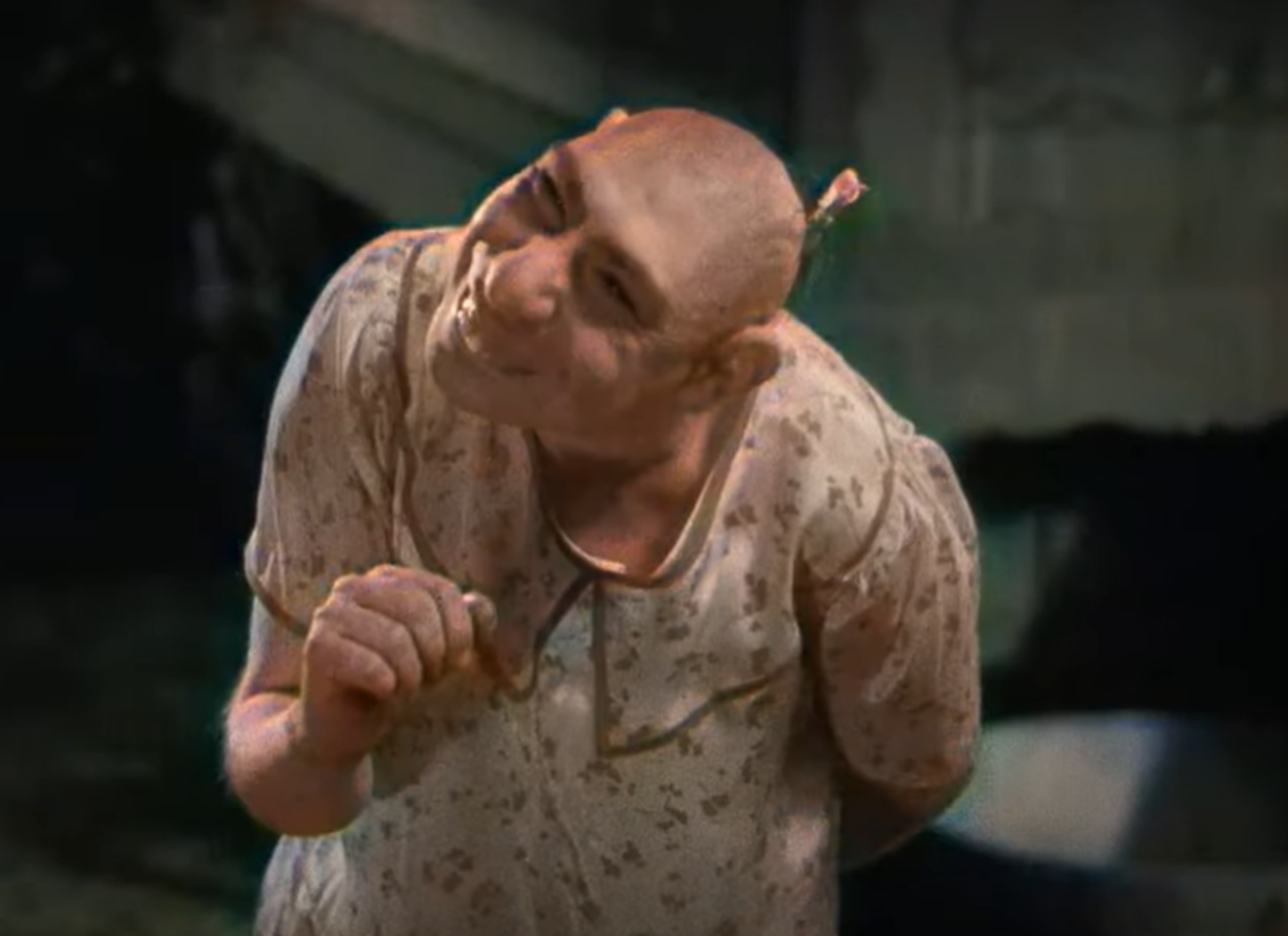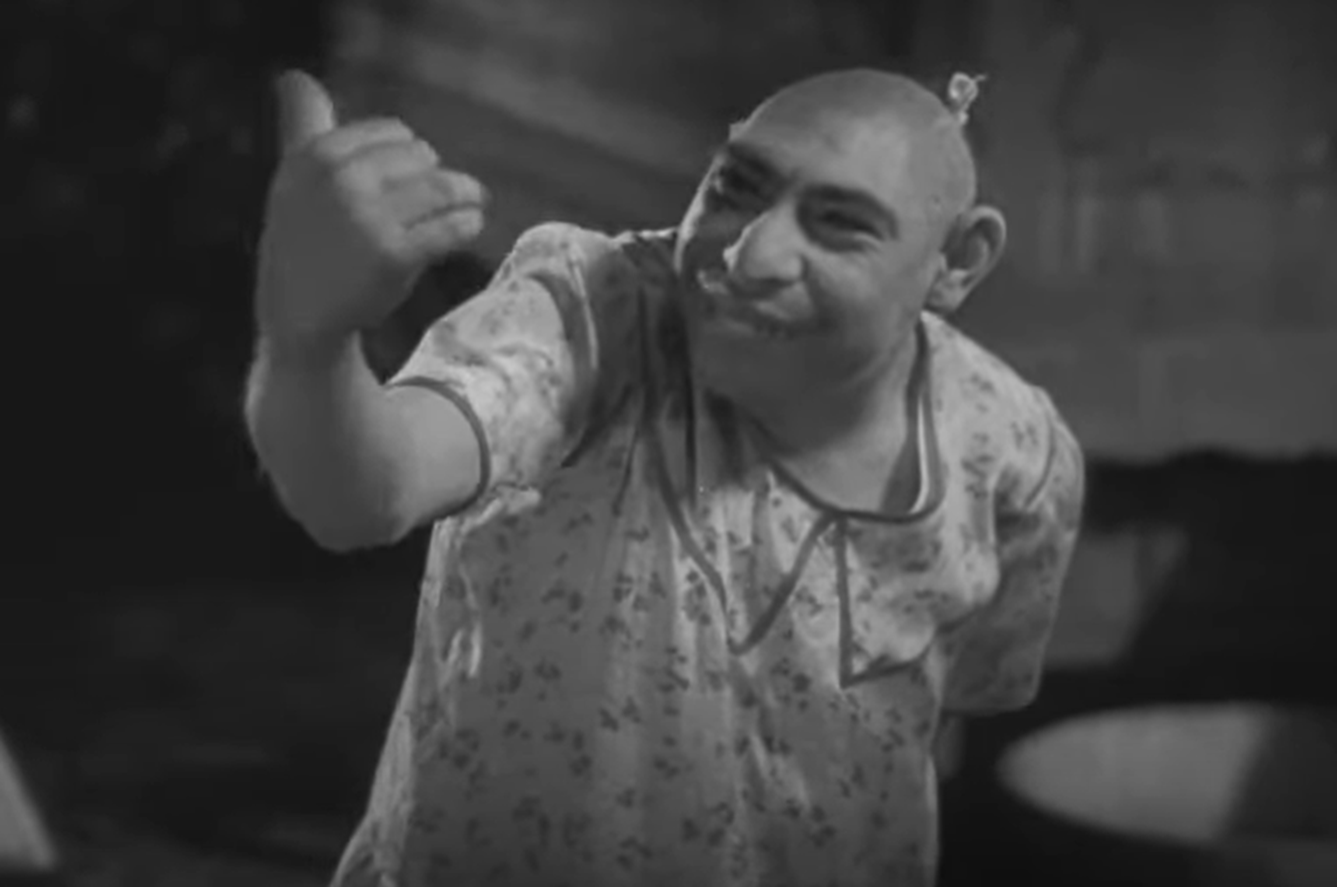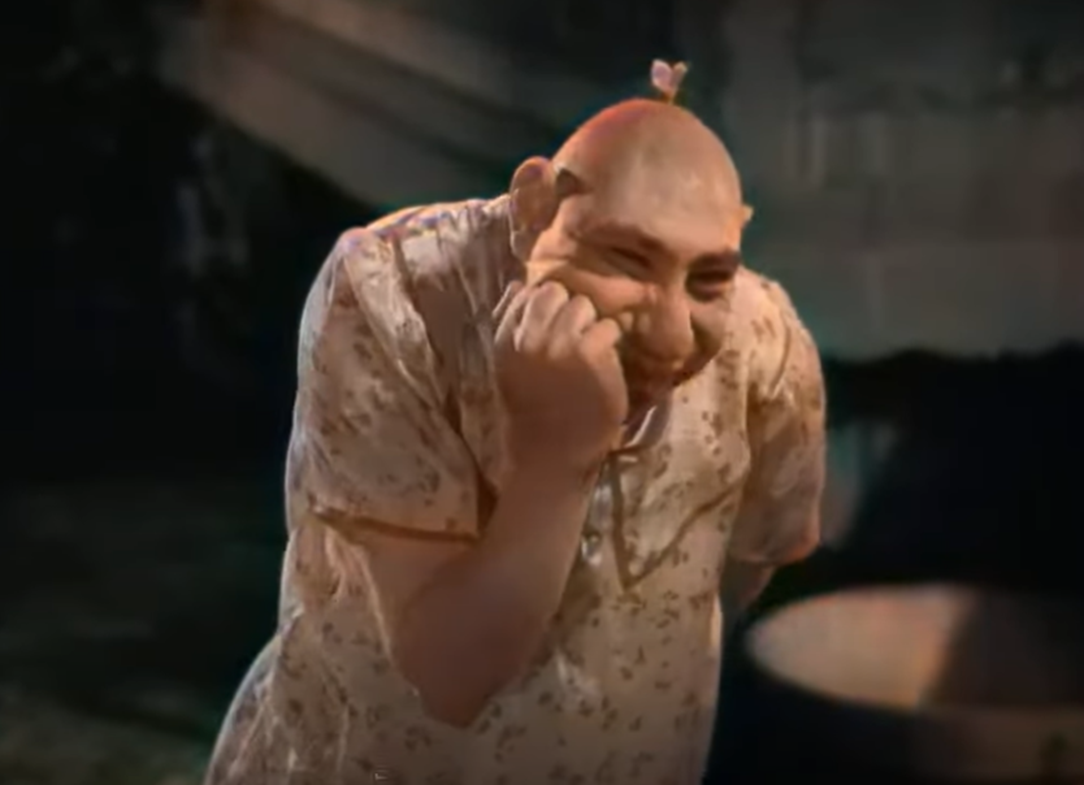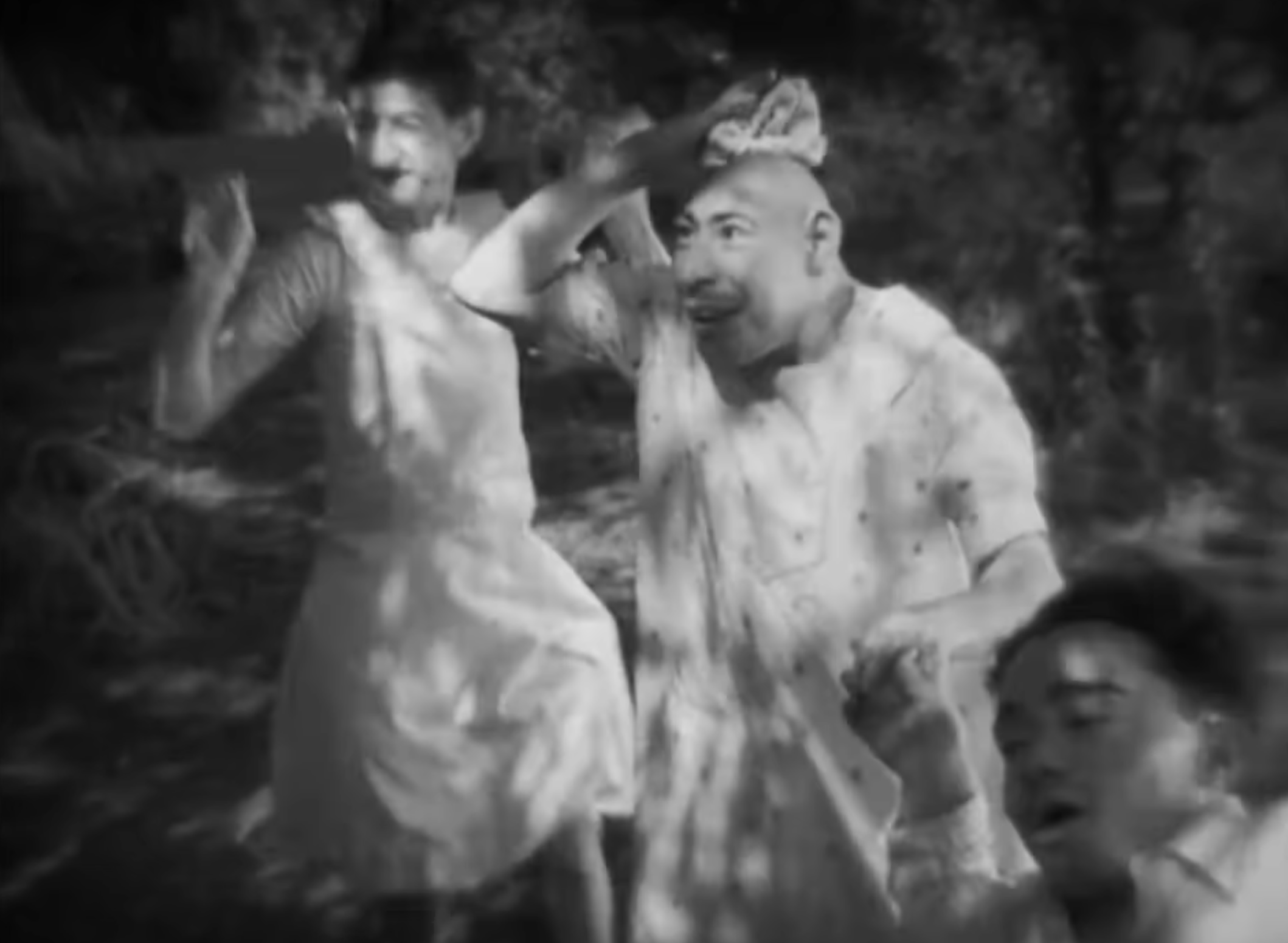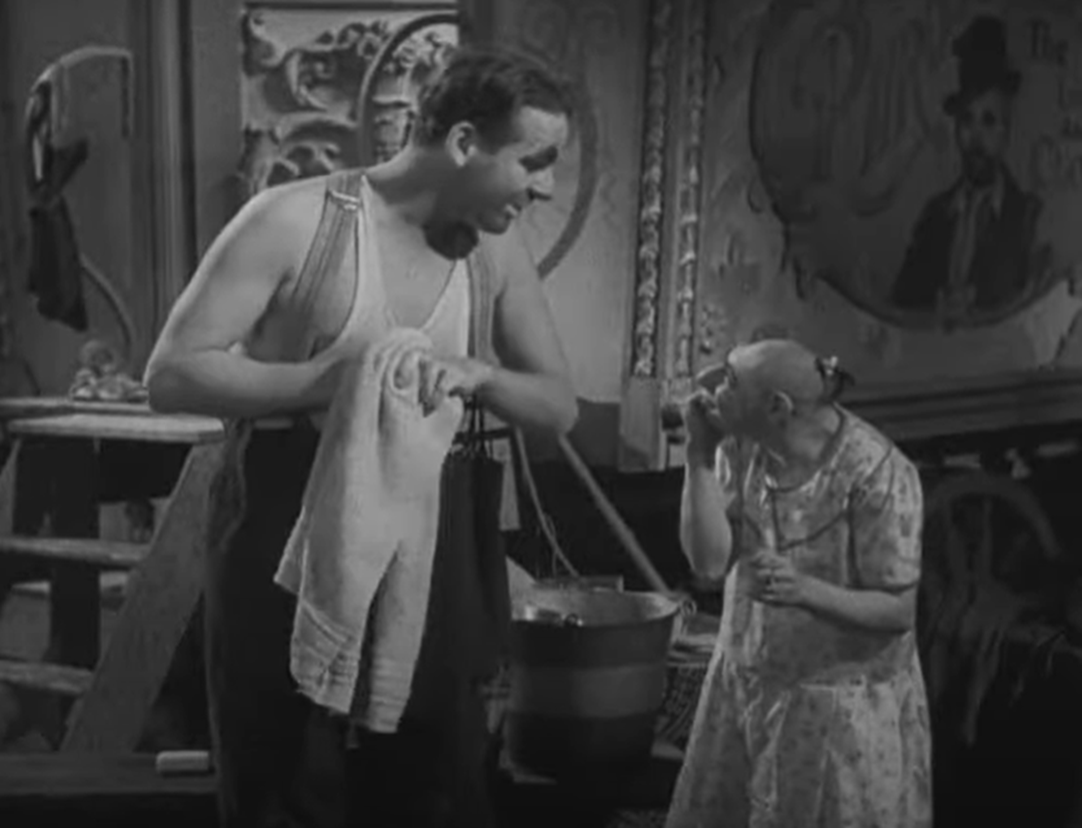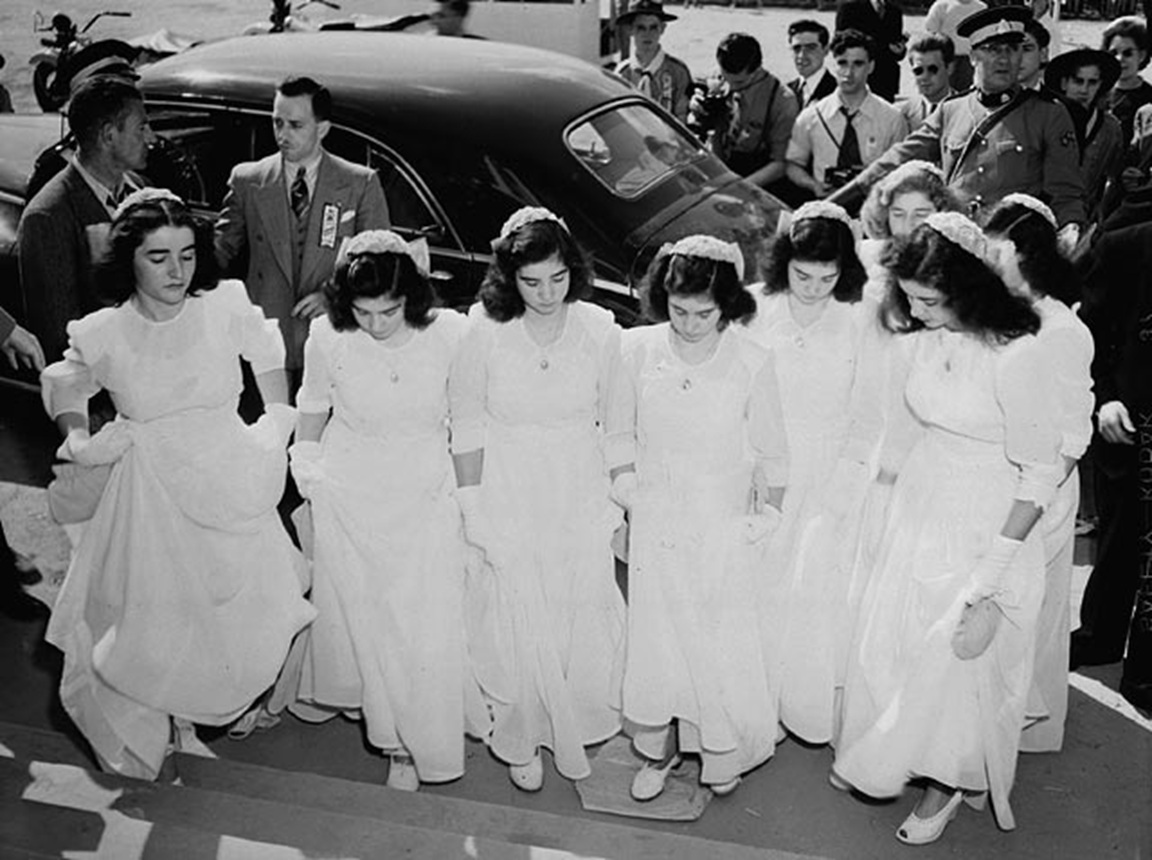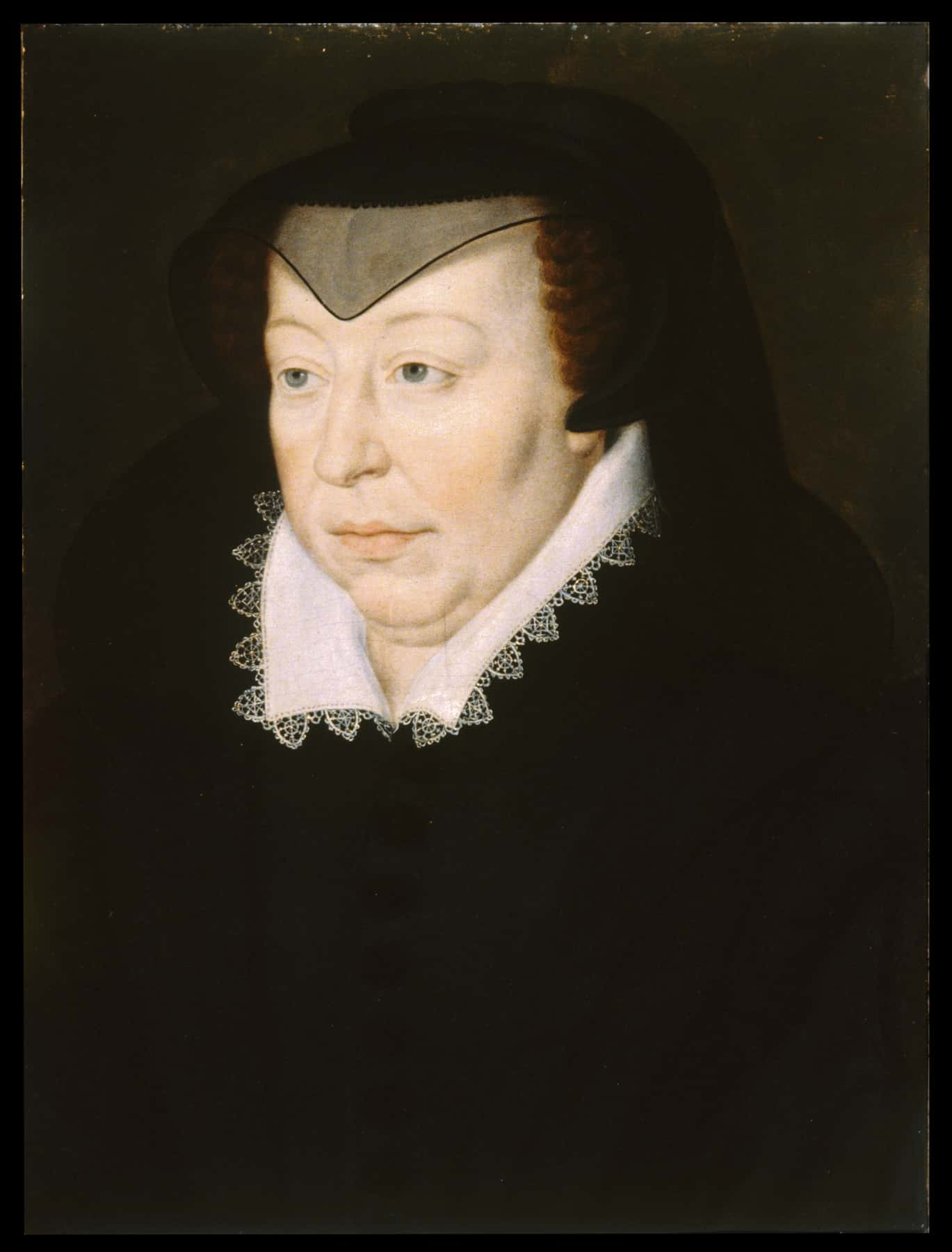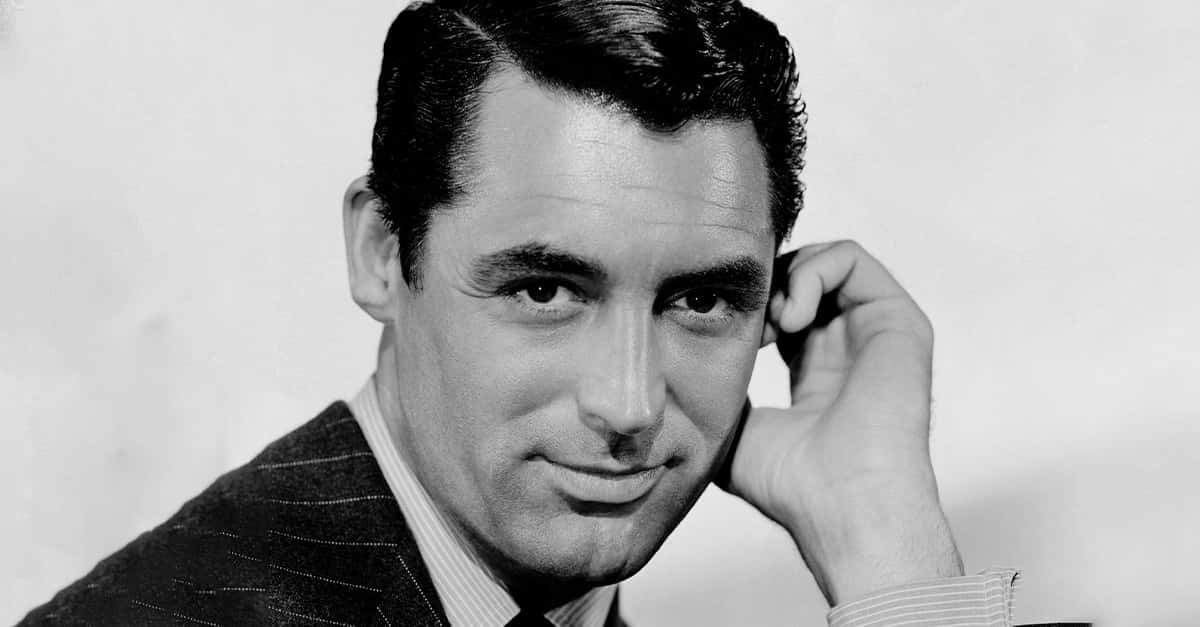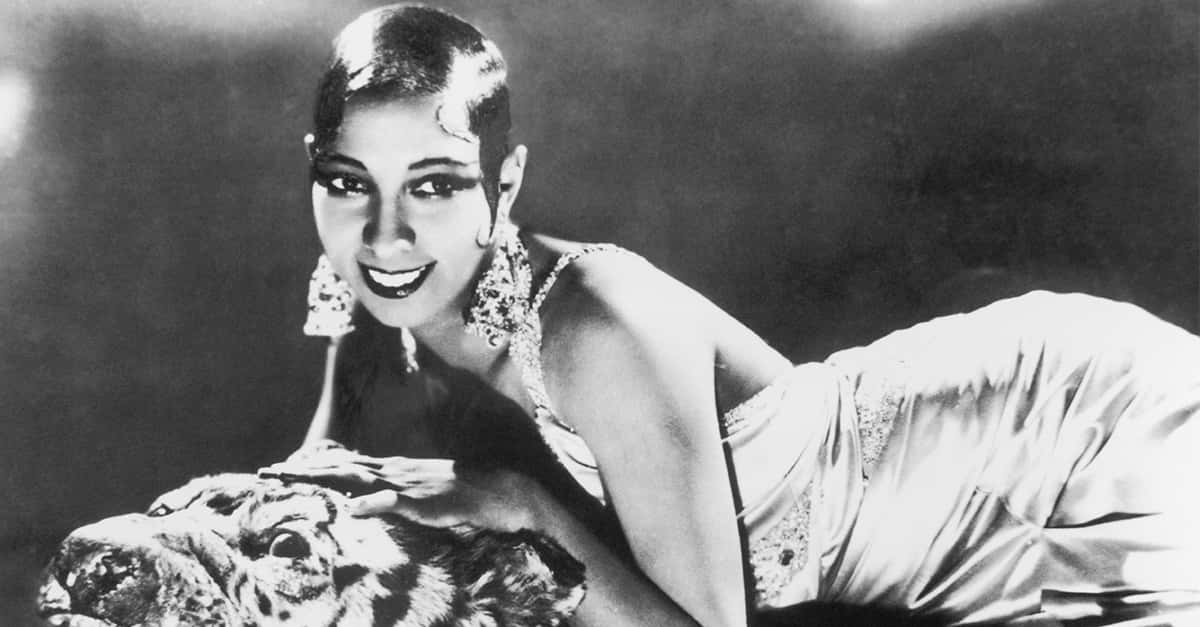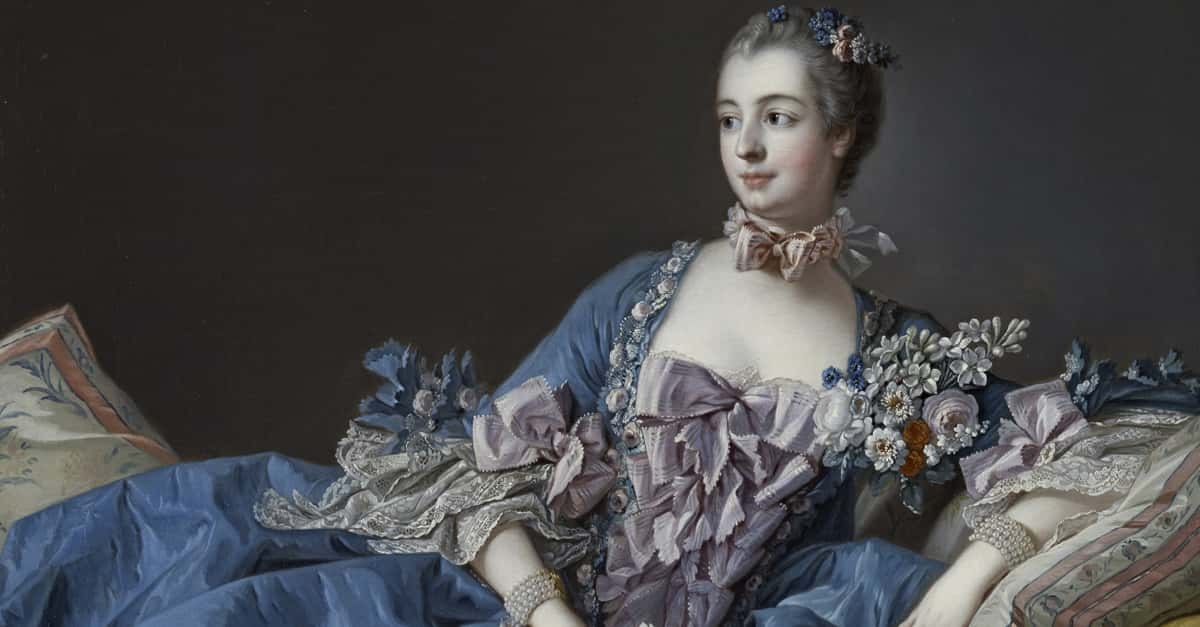These Unique People Had Extraordinary Lives
From the Dionne Quintuplets to the famed giantess Anna Haining Bates, these are the most unusual people who made history. Life may have dealt them a challenging hand, but their legacies are unforgettable.
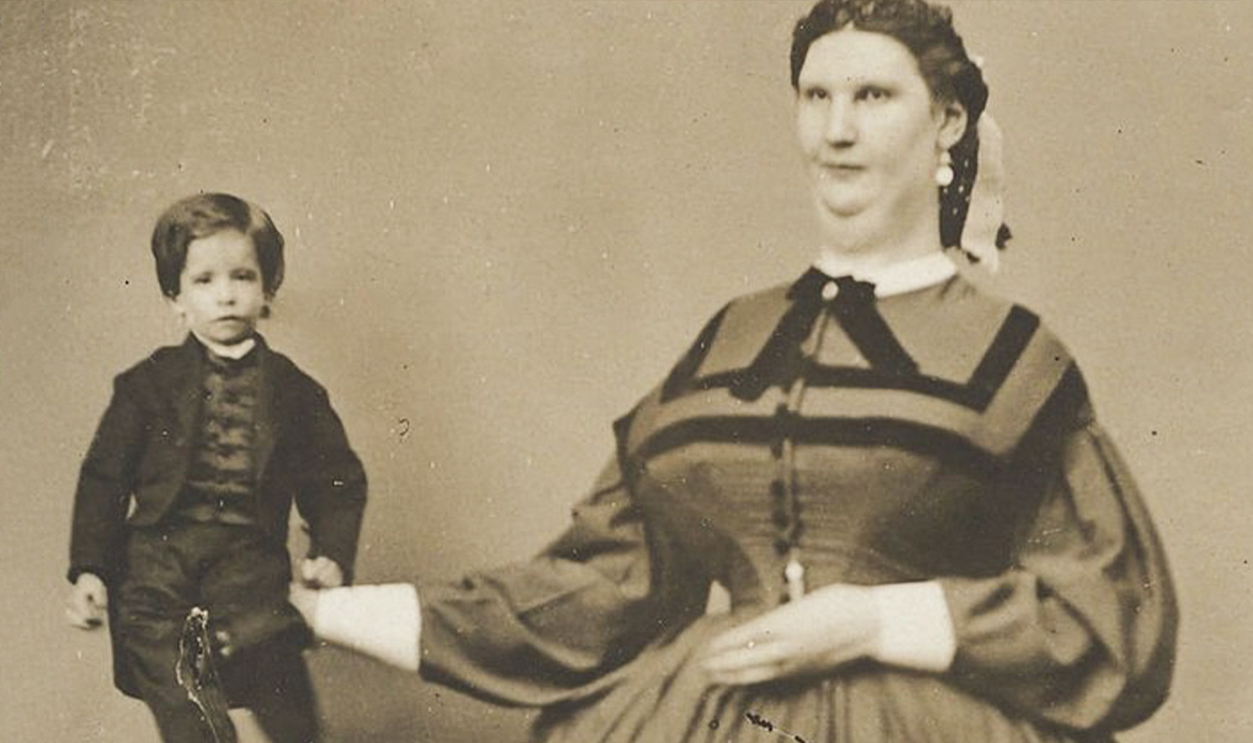
The Muse Brothers: Brothers Born With Albinism
One of the most heart-wrenching stories to come out of the "freakshow" era of the early 1900s has to be that of George and Willie Muse. Born with albinism, these Black brothers' pale skin made them perfect targets for those working in the exploitative sideshow business.
However, the true story of how they got their start in the circus is something of a mystery.
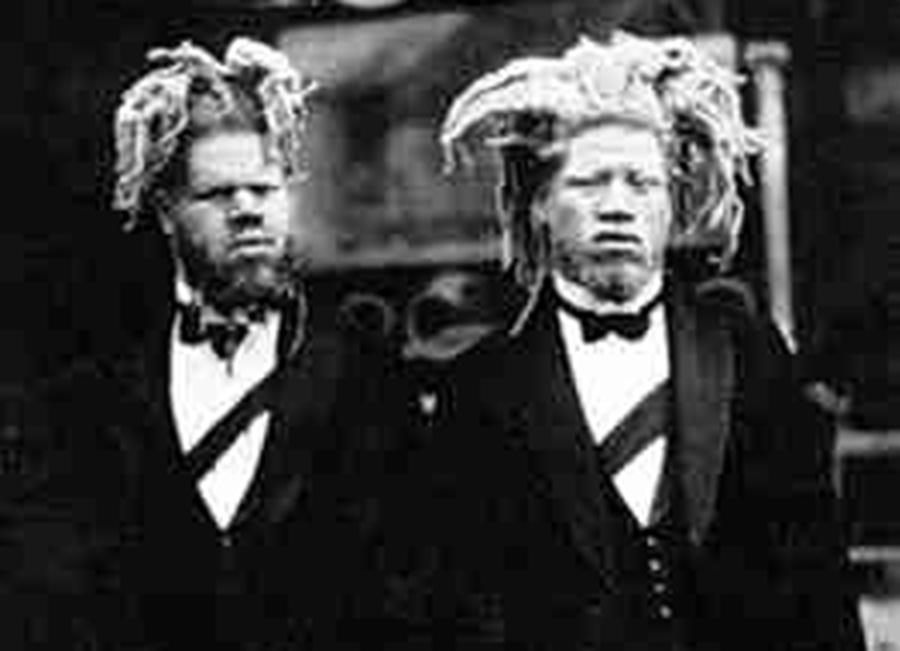 Unknown Author, Wikimedia Commons
Unknown Author, Wikimedia Commons
The Muse Brothers: They Disappeared
There are a few theories as to how the Muse brothers wound up beneath the thumb of James Herman "Candy" Shelton—a circus promoter. One story purports that their mother Harriet allowed them to perform at the circus, but didn't expect them to stay on permanently. Some suggest that someone close to the brothers sold information about them, while another possibility is that they were kidnapped after agreeing to only a limited number of shows.
Whatever the truth may be, the circus life scooped up George and Willie against their will—and wasn't about to let them go without a fight.
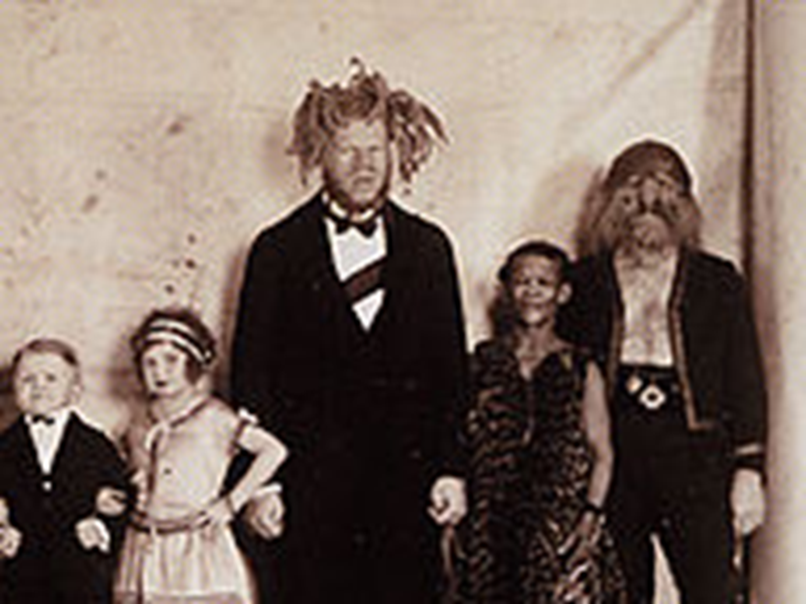 Century Flashlight Photographers, Wikimedia Commons
Century Flashlight Photographers, Wikimedia Commons
The Muse Brothers: They Had Offensive Names
When carnival managers looked at the Muse brothers, they likely saw big, sparkling dollar signs. For a while, George and Willie worked as spectacles on the carnival circuit and in dime museums. The names attributed to them were deeply offensive, such as "Eastman's Monkey Men". Horrifyingly, their act included chilling demonstrations.
 Century Flashlight Photographers, Wikimedia Commons
Century Flashlight Photographers, Wikimedia Commons
The Muse Brothers: They Had A Gruesome Act
The Muse brothers had no choice but to follow orders. To horrify their audiences, they went so far as to consume raw meat and rip snake heads off with their teeth. But that was just the tip of the iceberg.
When the brothers began working with Candy Shelton again, their resentful feelings toward their employer only deepened. Down the road, Willie would speak about Shelton, calling him a "dirty rotten scumbag"—and for good reason.
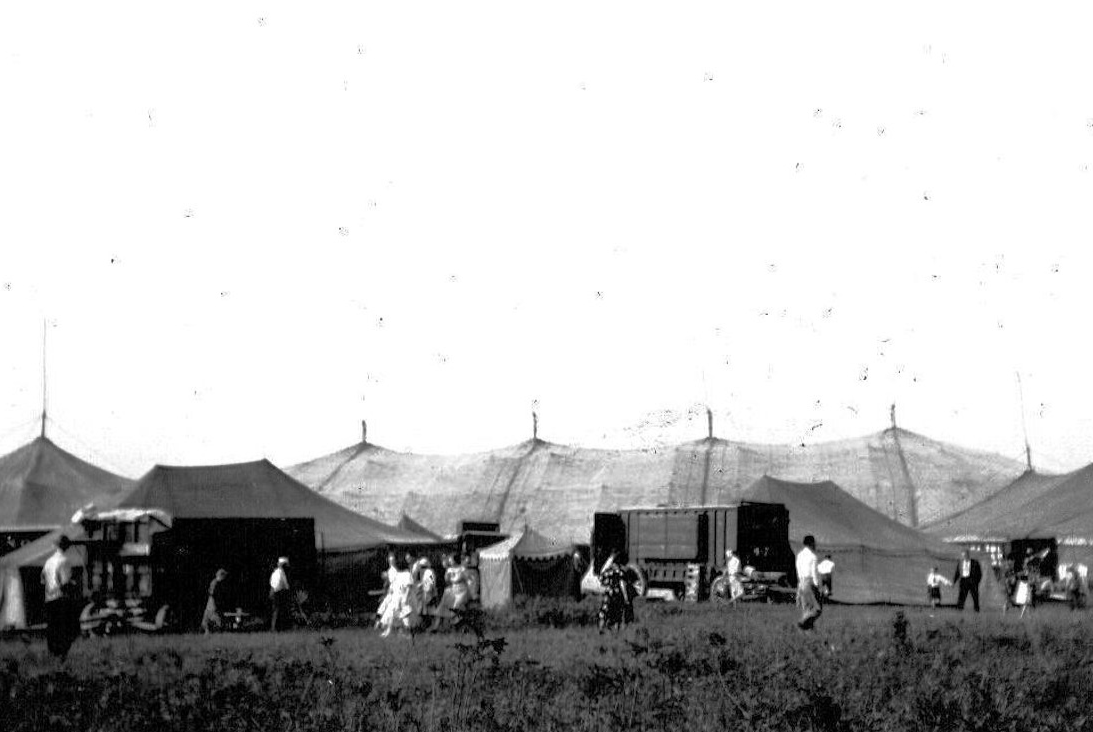 Self-Scanned, Wikimedia Commons
Self-Scanned, Wikimedia Commons
The Muse Brothers: They Were Gifted Musicians
It was by sheer chance that Shelton discovered the Muse brothers' hidden talent for music. He'd simply thought to use some instruments as props for photos, only to be bowled over by the fact that the brothers could actually play them—and play them well.
Their musical prowess made them a major hit, and their fame began to explode nationwide. But there was a dark side to all of this supposed excitement.
 Self-Scanned, Wikimedia Commons
Self-Scanned, Wikimedia Commons
The Muse Brothers: They Were Exploited
You see, though George and Willie were talented enough to rake in as much as $32,000 per day, they barely saw a cent of it—and were given only what they needed to get by. Even more horrifying? The brothers just wanted to get back home to their mother. In response to their pleas, they were chastised: “Be quiet. Your momma is dead. There’s no use even asking about her".
Luckily, there was hope on the horizon.
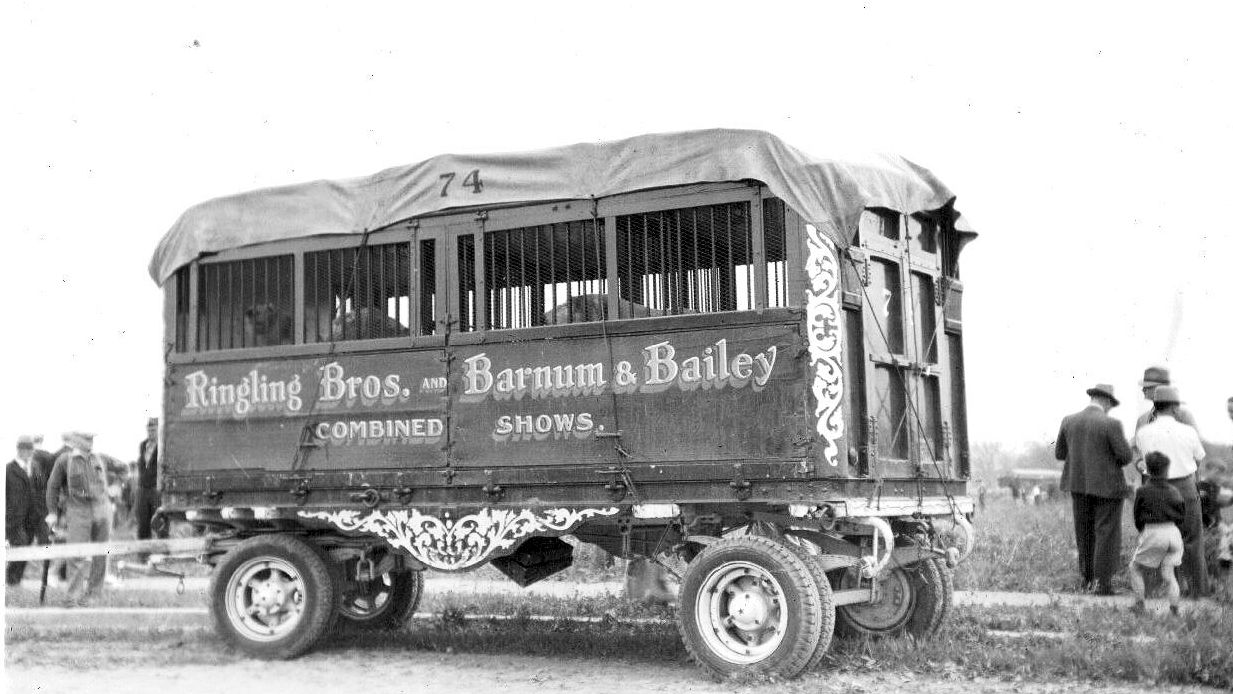 Self-Scanned, Wikimedia Commons
Self-Scanned, Wikimedia Commons
The Muse Brothers: They Reunited With Their Mother
George and Willie Muse may have been terribly mistreated by their "employers," but their mother Harriet Muse continued to look for them. Then, in 1927, fate brought them back together when the Ringling Brothers Circus visited the city close to their original home—Roanoke, Virginia.
While performing a musical number, they spotted their dear mother in the crowd. It had been over 10 years since they'd seen her face.
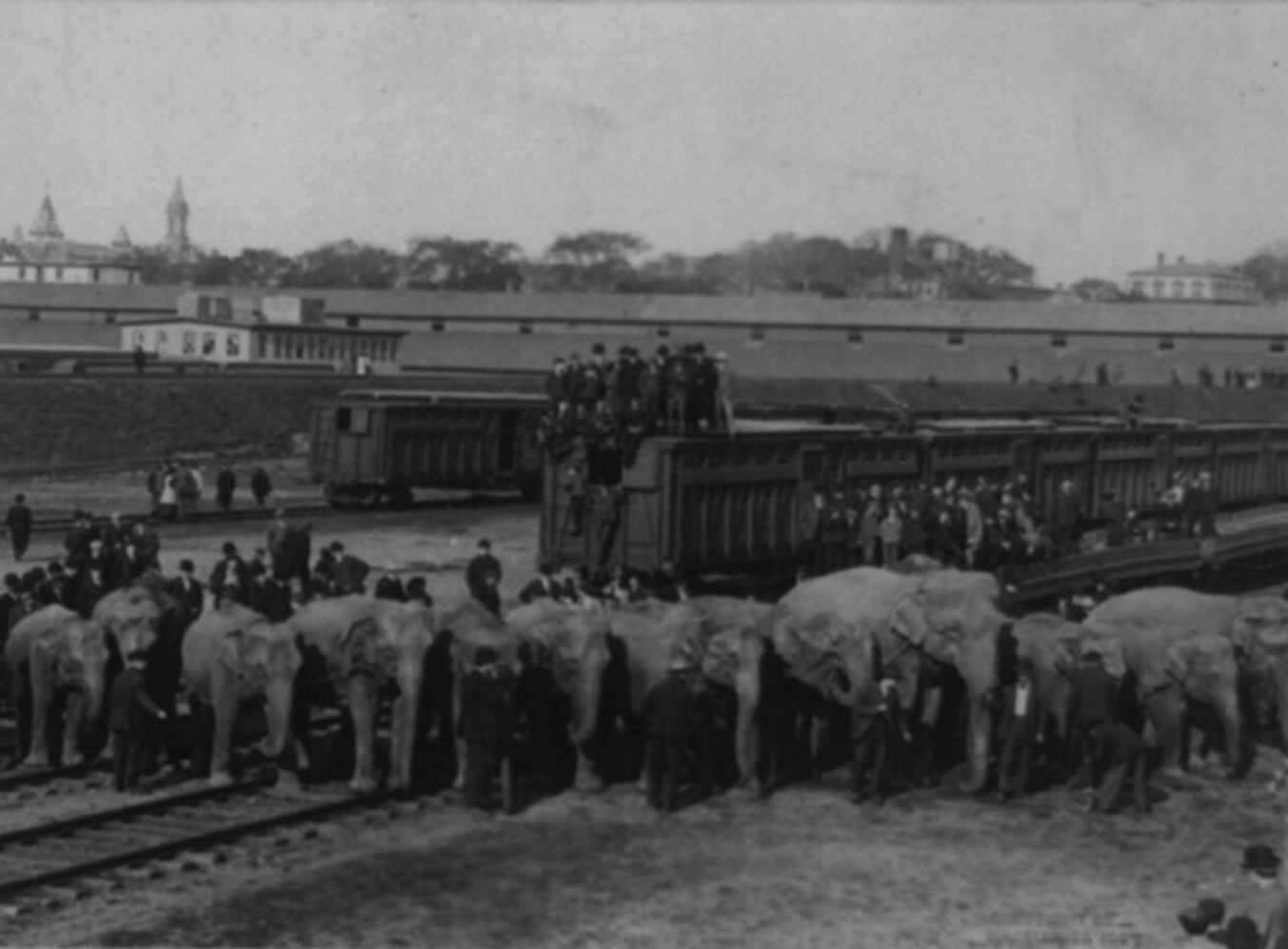 Items in High Demand, PPOC, Library of Congress, Wikimedia Commons
Items in High Demand, PPOC, Library of Congress, Wikimedia Commons
The Muse Brothers: They Fought For Their Rights
Following this joyful reunion, the Muse brothers and their mother still had their work cut out for them. The authorities let the men return to their family, which did not sit well with the Ringling Brothers at all. But though the Ringling Brothers tried to sue Willie and George, Harriet shot back with her own lawsuits to secure her sons' rights.
When the brothers eventually entered into a contract with Candy Shelton once more, they—at the very least—had more agency and better payment.
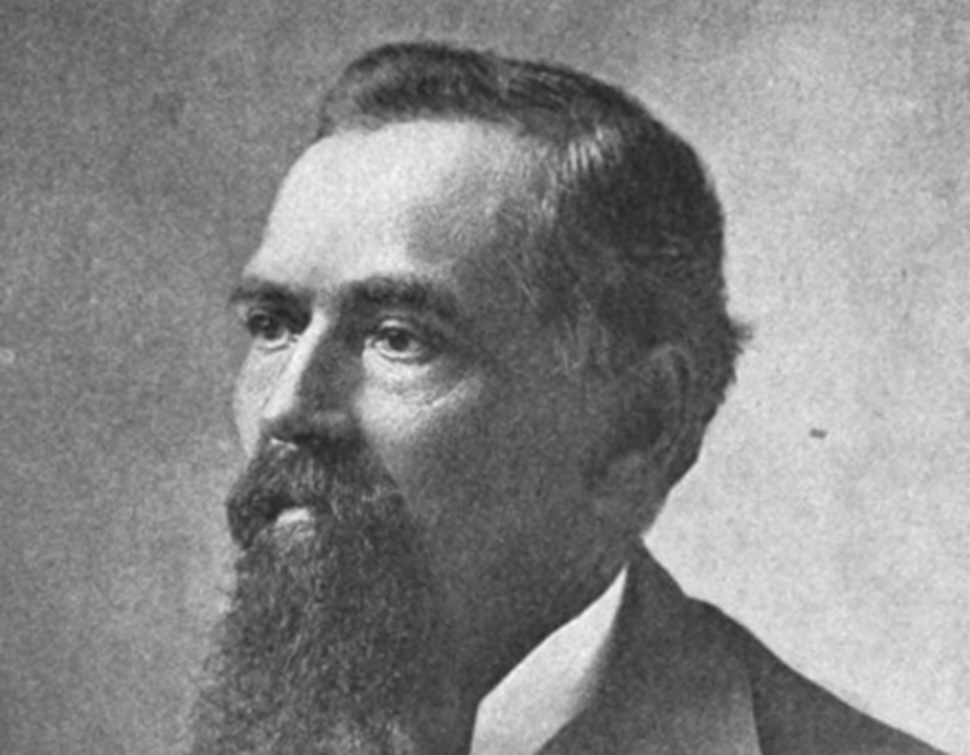 Unknown Author, Wikimedia Commons
Unknown Author, Wikimedia Commons

History's most fascinating stories and darkest secrets, delivered to your inbox daily.
Jeffrey Hudson: The "Queen's Dwarf"
Jeffrey Hudson has one of the wildest stories in history. As Queen Henrietta Maria's court dwarf—thereby known as the "Queen's dwarf"—he may have been small in stature, but his experiences were larger than life. Born in 1619, Hudson was a proportional little person with a bizarre origin story.
 Daniël Mijtens, Wikimedia Commons
Daniël Mijtens, Wikimedia Commons
Jeffrey Hudson: His Mother Choked
One of the popular theories for Hudson's size could be traced back to his mother's pregnancy with him. Some believed that she'd gotten a gherkin caught in her throat, but the truth was likely far more scientific than that. Hudson was probably born with a pituitary gland disorder, which resulted in a growth hormone deficiency.
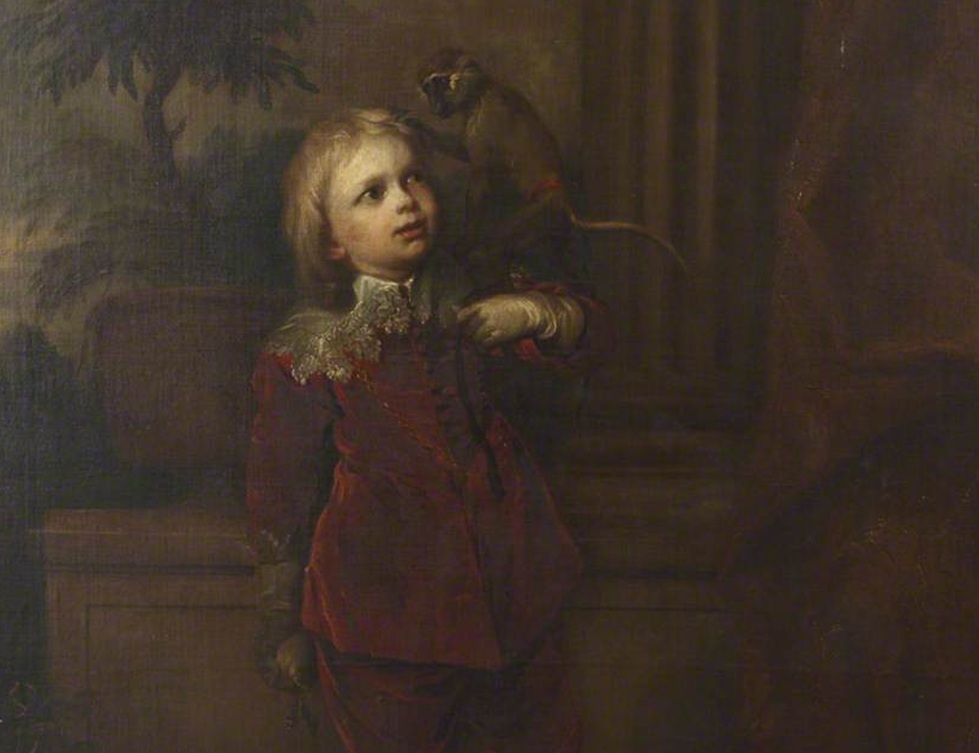 Anthony van Dyck, Wikimedia Commons
Anthony van Dyck, Wikimedia Commons
Jeffrey Hudson: He Popped Out Of A Pie
Hudson caught the eye of Queen Henrietta Maria in 1626. At the time, he belonged to the Duchess of Buckingham, but made a dramatic appearance at a banquet the queen attended: He popped out of her pie wearing a suit of armor. Safe to say, the queen was utterly captivated by his amusing performance.
 Workshop of Anthony van Dyck, Wikimedia Commons
Workshop of Anthony van Dyck, Wikimedia Commons
Jeffrey Hudson: He Was A Gift To The Queen
The duchess ended up giving Hudson to the queen—a present for her to add to her growing collection of curiosities. He quickly became a massive hit in the Queen's court and he enjoyed many of its privileges. But the complicated truth was that it was only his size that afforded him this rare spot on her radar. Somehow, fate had even crazier twists in store for him.
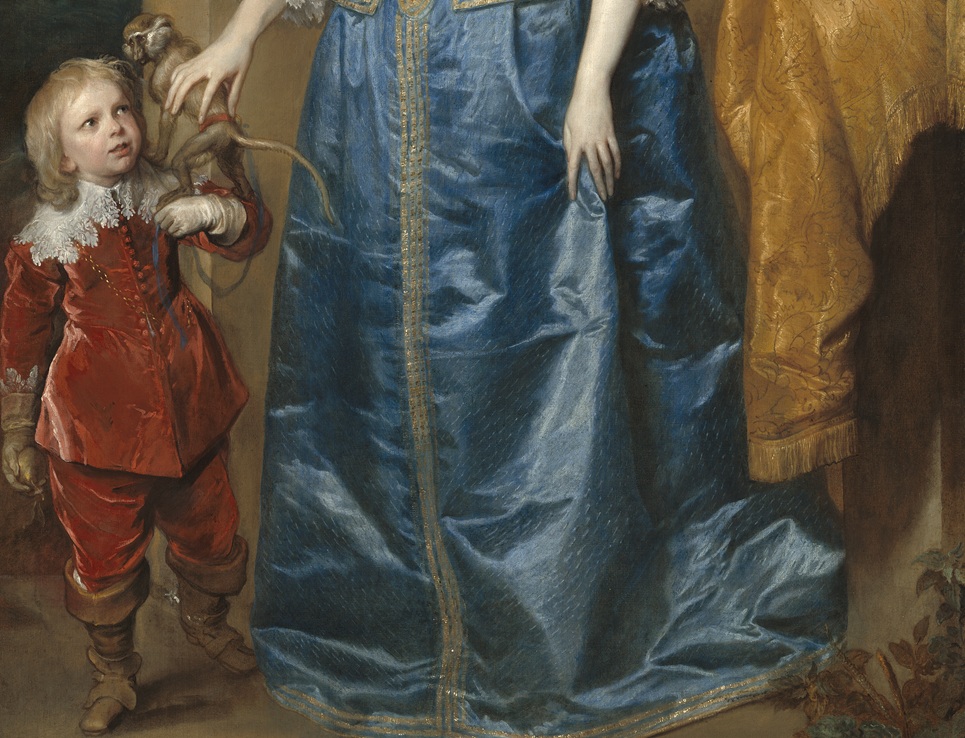 Anthony van Dyck, Wikimedia Commons
Anthony van Dyck, Wikimedia Commons
Jeffrey Hudson: He Had A Run-In With Pirates
In 1630, Hudson experienced a terrifying encounter with pirates during a mission to fetch the Queen's midwife from France. Though the pirates had their way with the ship's contents, Hudson made it out of this sticky situation with his life. However, there would be more danger in store for him down the line.
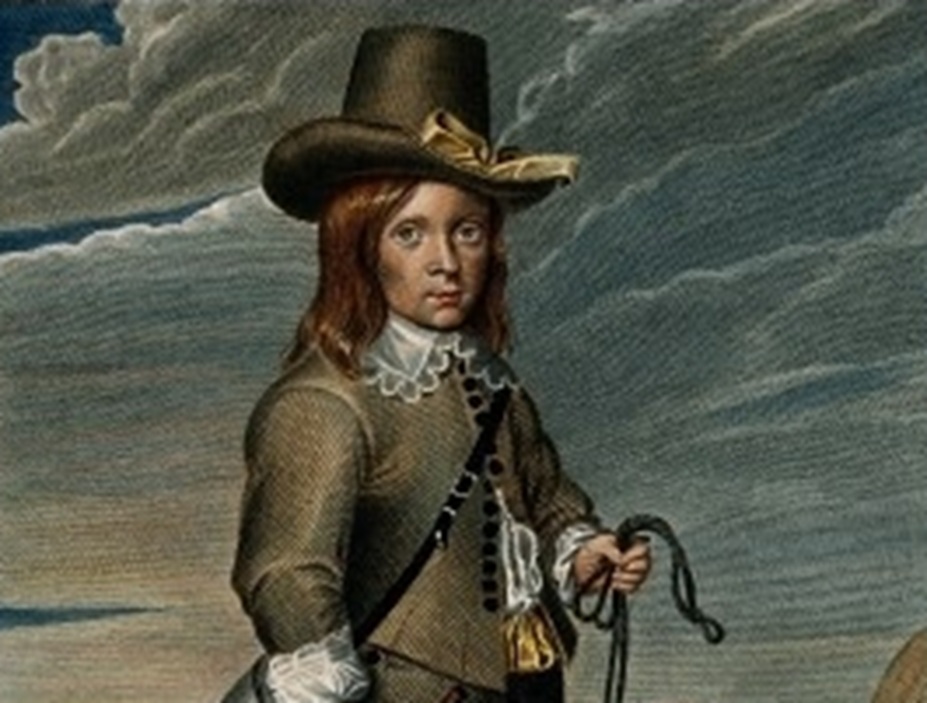 George Perfect Harding and James Stow, Wikimedia Commons
George Perfect Harding and James Stow, Wikimedia Commons
Jeffrey Hudson: He Challenged Him To A Duel
By the 1640s, Hudson had begun to chafe against the expectations of his allotted role as the Queen's little pet. He was tired of being the butt of jokes, and his growing discontent led to recklessness. In 1644, Hudson challenged the brother of the queen's Master of Horse to a duel—an illicit act in France at the time. This got him into his biggest pickle yet.
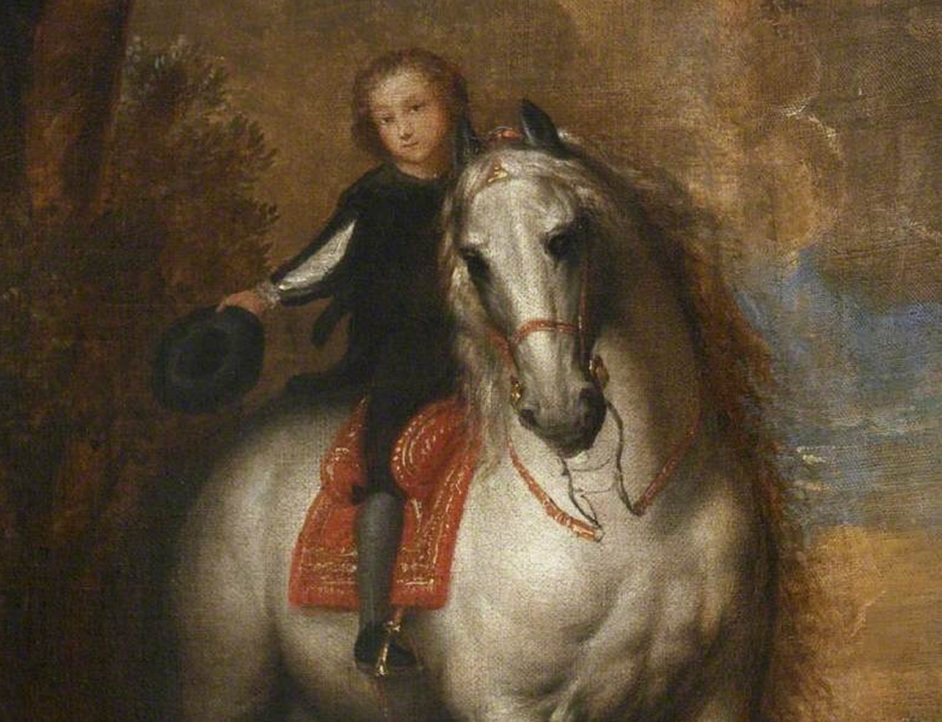 National Trust, Wikimedia Commons
National Trust, Wikimedia Commons
Jeffrey Hudson: He Faced Execution
Hudson's aim was true and he ended up killing his opponent... and in the same breath, earned himself a death sentence. Luckily for him, the queen stepped in and spared him. However, following this scandalous ordeal, he left court. From that moment on, his history becomes truly murky.
 Wellcome Images, CC BY 4.0, Wikimedia Commons
Wellcome Images, CC BY 4.0, Wikimedia Commons
Jeffrey Hudson: He Became An Enslaved Person
Quite tragically, Hudson's banishment only led him into the darkest chapter of his life. Perhaps worst of all, he ended up working as an enslaved person in North Africa. It's believed that he spent over two decades stuck in this predicament. Then, when he finally made it back to London, he also had to spend time behind bars. Sources say that he likely passed around 1682—just two years after finally tasting freedom.
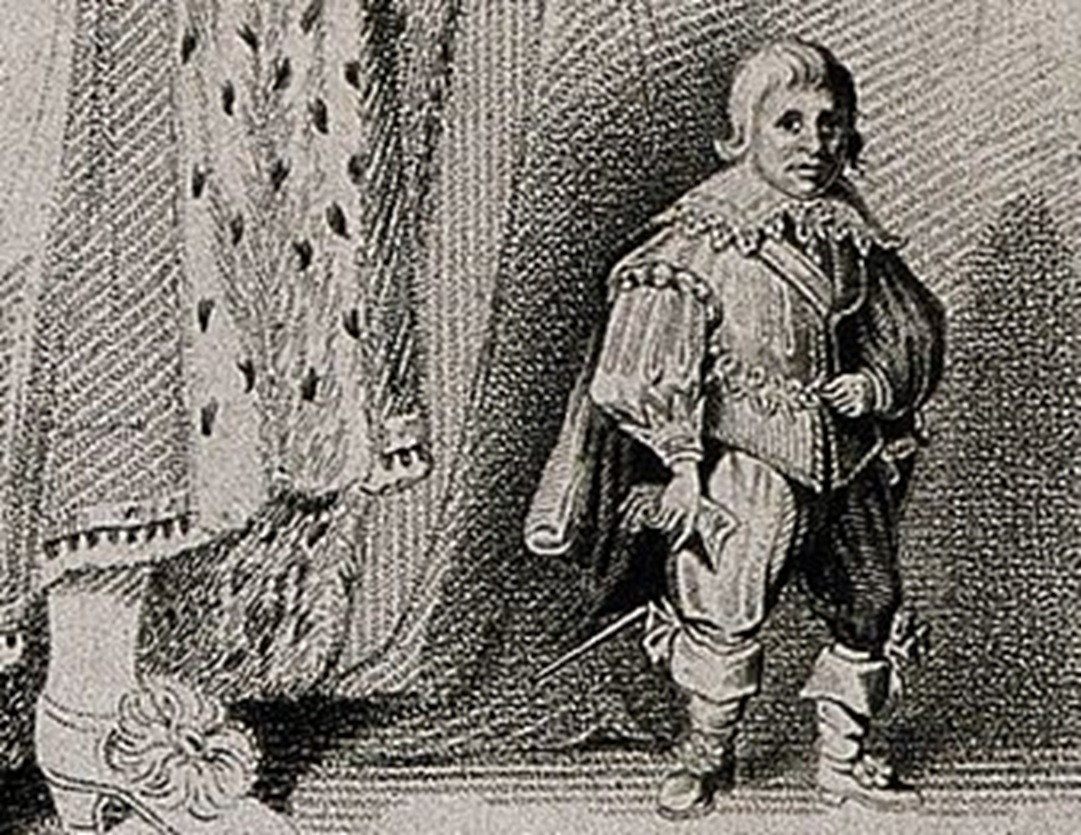 Wellcome Images, CC BY 4.0, Wikimedia Commons
Wellcome Images, CC BY 4.0, Wikimedia Commons
Myrtle Corbin: "The Four-Legged Girl From Texas"
Born in 1868, in Tennessee, Josephine Myrtle Corbin's appearance likely shocked her parents. Extraordinarily, she had two pelvises, and, therefore, two smaller legs between her average-sized legs. Her unique look would shape her destiny in a shocking way.
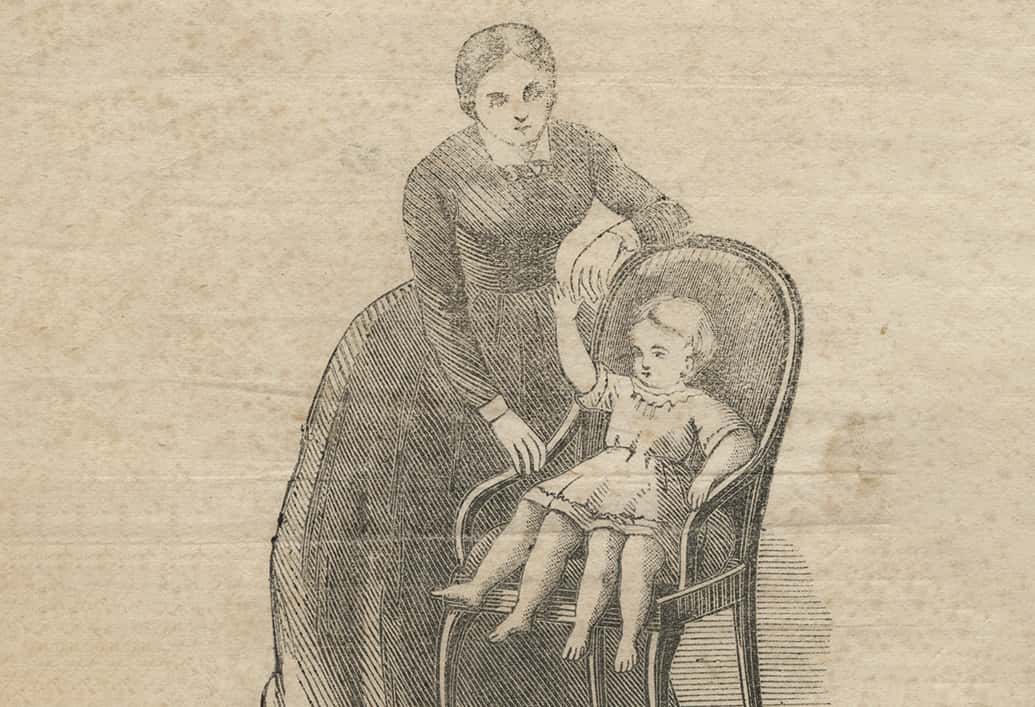 Joseph Jones, Wikimedia Commons
Joseph Jones, Wikimedia Commons
Myrtle Corbin: She Became A Sideshow Performer
Though she may have looked quite different from other children, Corbin was a very healthy child. She did not, however, have a "normal" childhood. When she was only 13, she began working as a sideshow performer and became known as the "Four-Legged Girl from Texas"—and her act turned out to be a downright hit.
 Charles Eisenmann, Wikimedia Commons
Charles Eisenmann, Wikimedia Commons
Myrtle Corbin: She Inspired Copycats
Corbin's look was so popular with audiences that she inspired fraudulent copycat performers, who pretended to have four legs. Of course, there could only be one Corbin. Medical professionals tried their hardest to put Corbin in a box. Some said she was a "dipygus dibrachius tetrapus," while one doctor was utterly offensive in his classification of her.
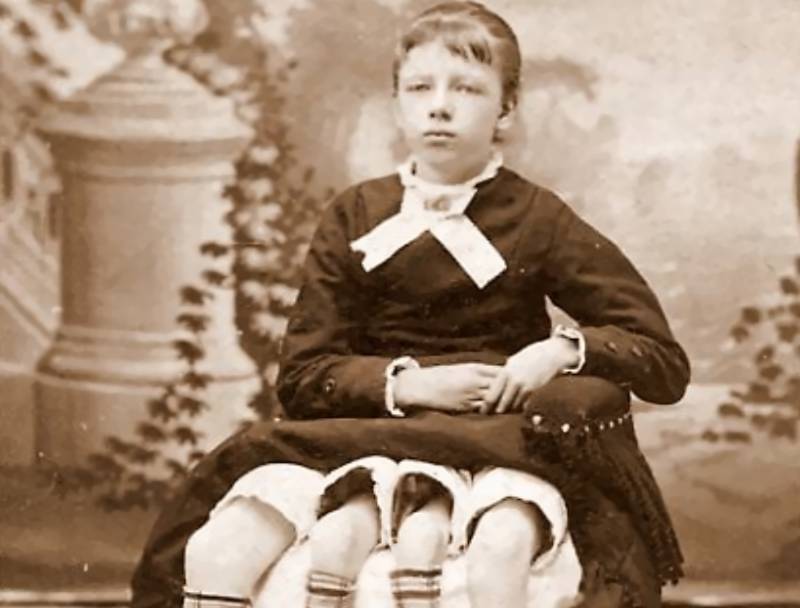 James R. Applegate, Wikimedia Commons
James R. Applegate, Wikimedia Commons
Myrtle Corbin: She Astonished Doctors
Doctor Brooks H Wells shockingly called Corbin a "female, belonging to the monocephalic, ileadelphic class of monsters by fusion". But the girl was no monster—just astonishingly singular. In adulthood, doctors discovered that she could conceive on both sides, with two sets of reproductive organs. Corbin eventually had a total of five children.
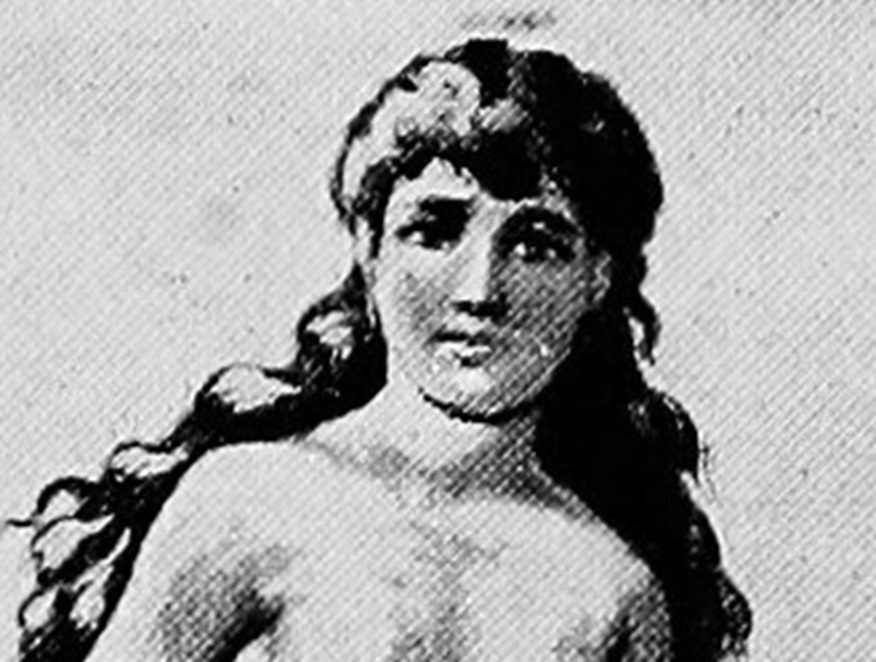 George M. Gould and Walter L. Pyle, Wikimedia Commons
George M. Gould and Walter L. Pyle, Wikimedia Commons
Myrtle Corbin: She Had An Unusual Burial
At the age of 59, Myrtle Corbin's life came to a close. However, her burial was slightly unusual. Her family was paranoid that outsiders would want to get their hands on Corbin's remains. After all, some people had come forward, offering to pay for her body. Therefore, they went to extreme measures to protect Corbin from grave robbers—and poured concrete over her casket.
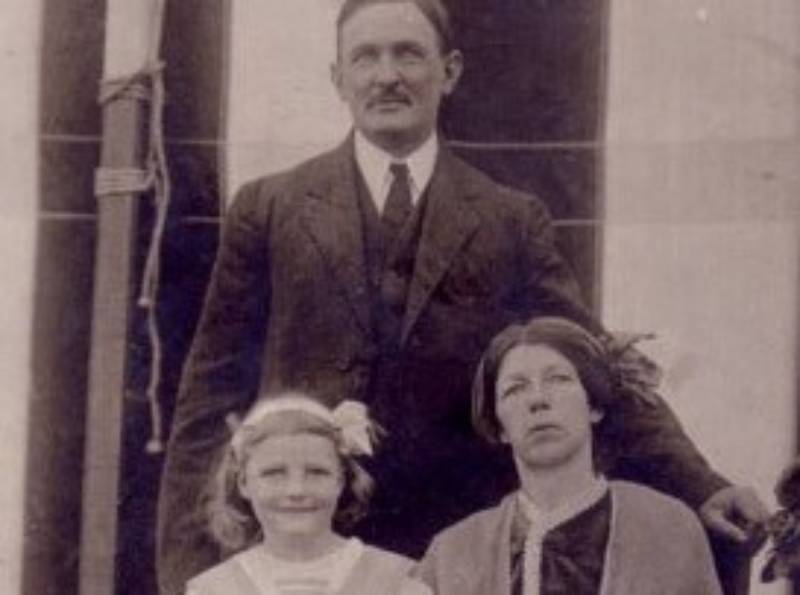 Unknown Author, Wikimedia Commons
Unknown Author, Wikimedia Commons
Frank Lentini: He Had A Parasitic Twin
Another extraordinary star with more than two legs was none other than Frank Lentini. Born in 1889, in Sicily, Lentini had three legs and four feet—his fourth foot was only partially visible in photos as it was quite small and attached to his knee. The reason for the extra limbs? A parasitic twin.
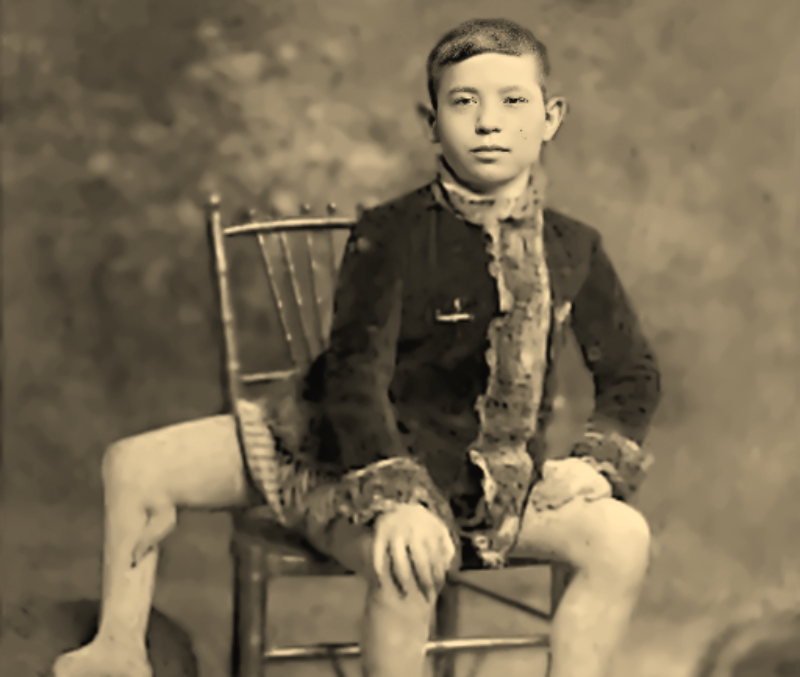 Unknown author, Wikimedia Commons
Unknown author, Wikimedia Commons
Frank Lentini: He Scared The Midwife
Reportedly, when the midwife set eyes on newborn Lentini, she had the most dramatic reaction. Not only did she begin screaming and fleeing the room, but she also concealed him beneath the bed. Upon closer inspection of Lentini's legs, doctors dashed any of the family's hopes that the third leg could be removed. It would be far too risky of an operation and most likely fatal.
One thing was for sure: Lentini had a challenging road ahead of him.
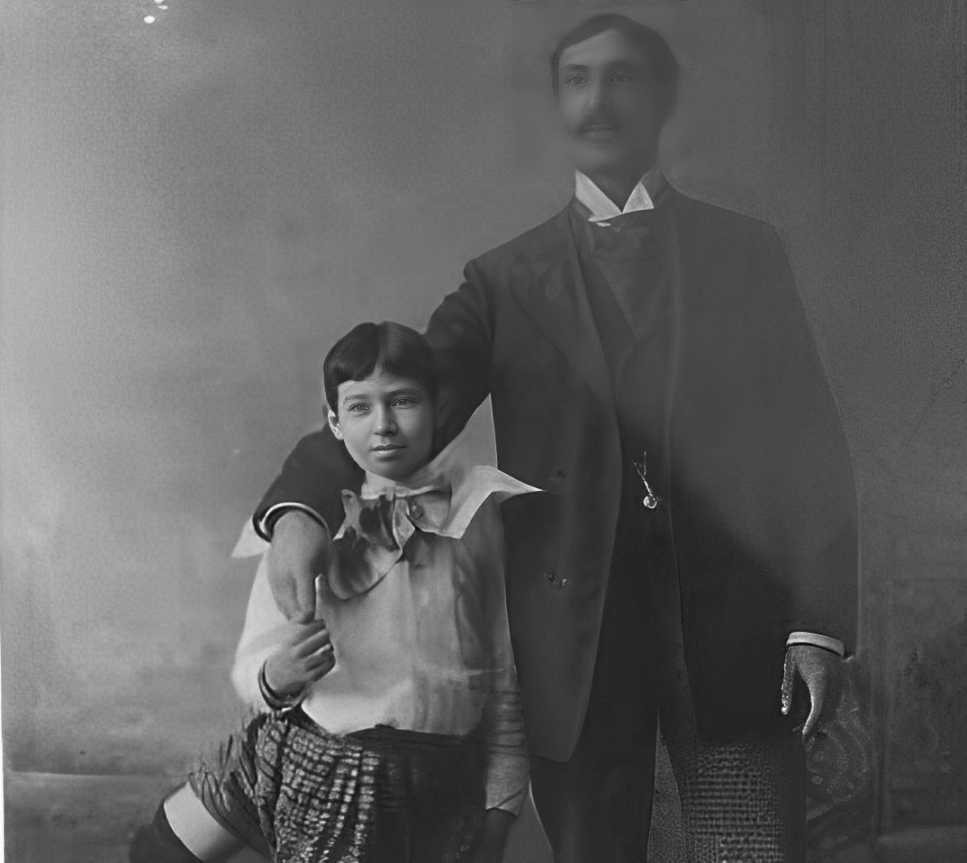 Edena Studios, Wikimedia Commons
Edena Studios, Wikimedia Commons
Frank Lentini: He Looked On The Brighter Side Of Life
In his youth, Lentini felt discouraged by his extra leg—that is, until one life-changing experience caused him to see a silver lining. After visiting other handicapped children, Lentini had a revelation. Compared to some of the other children's struggles, he realized he had it quite easy. Down the road, he shared, "From that time to this, I've never complained. I think life is beautiful and I enjoy living it".
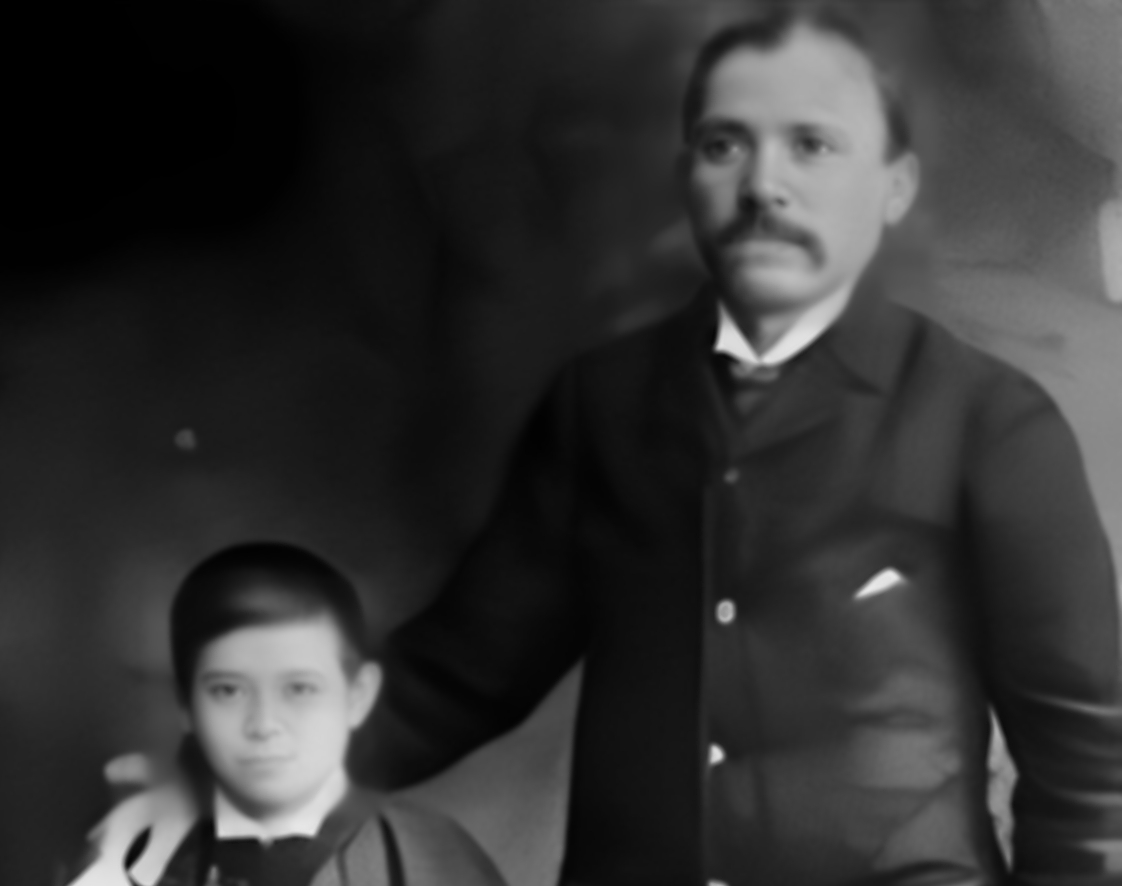 Unknown Author, Wikimedia Commons
Unknown Author, Wikimedia Commons
Frank Lentini: He Became "The Great Lentini"
At the age of eight, Lentini and his family made a major move to America. Here, his destiny in the sideshow business awaited him. He began touring as "The Great Lentini"—an act in one of history's most famous circuses, the Ringling Brothers Circus. But this wasn't the only show he performed for.
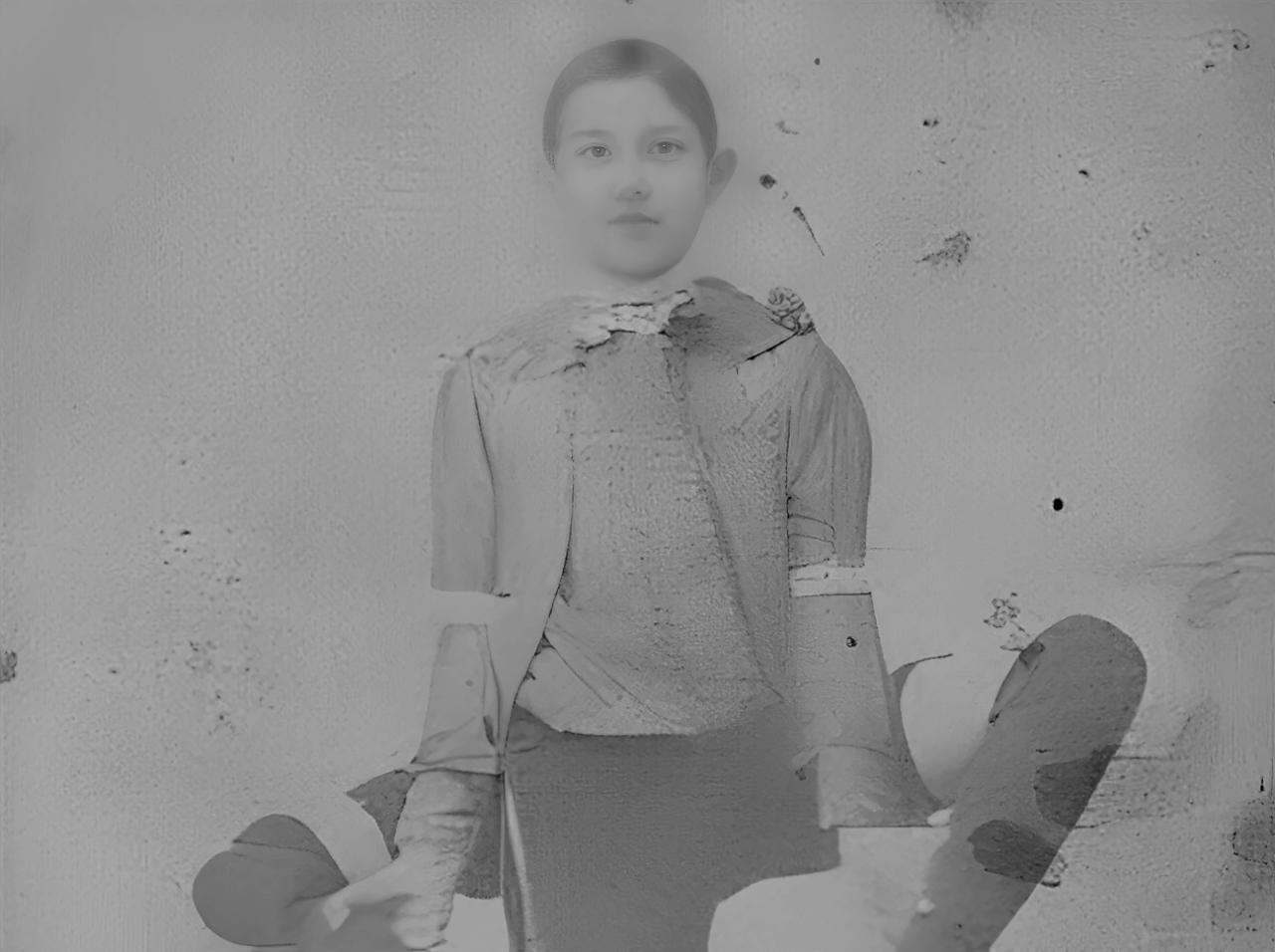 Edena Studios, Wikimedia Commons
Edena Studios, Wikimedia Commons
Frank Lentini: He Spent Decades In The Sideshow Business
Over the next four decades, Lentini had a hand in some of the most prominent sideshows of the day. The cherry on top? He was held in extremely high regard, so much so that he earned himself a memorable moniker—"The King". Despite his difficult start in life, Lentini came to embrace his differences.
Frank Lentini: He Had A Good Sense Of Humor
In the end, Lentini lived to the ripe old age of 77, married, and had four children. He never let his extra appendage hold him back and spoke about its different abilities with good humor. For his shows, he was known to use his third leg to kick a ball and sometimes used it as a chair.
Schlitzie: He Has A Mysterious Origin Story
Schlitzie's true origin story is hazy at best. He was potentially born with the name "Simon Metz" in 1901, but this information cannot be fully verified. His unique look was a result of the neurodevelopmental disorder he was born with—microcephaly.
Schlitzie: He Was Born With Microcephaly
Having microcephaly meant that Schlitzie was much smaller than the average person and also had a smaller skull and brain. It also affected his intellectual development, and it's believed that he only reached the mental age of a three-year-old. Because of this, he faced some difficult twists and turns throughout his life.
Schlitzie: He Was A Social Butterfly
Schlitzie's condition meant that he could never be truly independent, but he also had a refreshing zest for life. Sources say that Schlitzie enjoyed being around people and was even known to crave the spotlight. Though communicating was difficult for him, he was able to use some words and phrases and seemingly comprehended those who interacted with him.
Schlitzie's unique appearance combined with his natural charisma made him quite desirable in the eyes of the circus world.
Schlitzie: He Worked For Barnum & Bailey
Schlitzie spent most of his life working for Barnum & Bailey. Microcephalic people were sought after for sideshow attractions—often referred to as "pinheads"—and Schlitzie certainly fit the bill. However, his sideshow names were quite heartbreaking: "The Monkey Girl," "The Last of the Aztecs," and "What is It?" And that wasn't all.
Schlitzie: He Was Androgynous
Schlitzie notoriously wore dresses and muumuus, and so many assumed he was a woman. His wardrobe might have had an ulterior motive. Appearing androgynous fed the air of curiosity that surrounded him, and he responded to the pronouns of either gender.
Schlitzie: He Starred In Films
In addition to working for the Barnum & Bailey Circus, Schlitzie also worked for the Ringling Brothers and Clyde Beatty Circus, among others. His success clearly made him highly sought after—so much so that he even starred in his first film in 1928, The Sideshow. But this wasn't his most famous film.
Schlitzie: He's Best Known For His Performance In A Cult Classic
Of all his work, Schlitzie might be best known for the controversial film Freaks, which came out in 1932. Though the film was initially met with scandal and ridicule, it has since become a beloved cult film—thereby reacquainting modern audiences with Schlitzie.
The Dionne Quintuplets: Five Identical Girls
Born in Corbeil, Ontario, five identical baby girls made their astonishing entrance in 1934: Yvonne, Annette, Cécile, Émilie, and Marie. Little did they know, before they could even walk, they would become famous—destined to go down in history as the Dionne Quintuplets. Unfortunately, their story is far from a happy one.
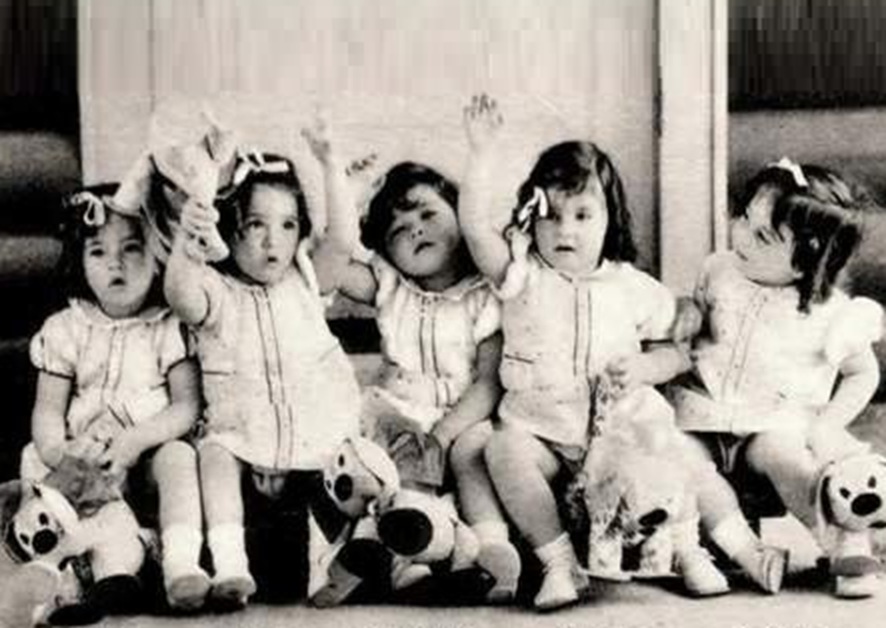 Unknown Author, Wikimedia Commons
Unknown Author, Wikimedia Commons
The Dionne Quintuplets: Their Parents Lost Custody
To begin with, it only took days for fair exhibitors to approach the quintuplets' father Oliva with a shocking request: They wanted to put the incredible babies on display. Oliva agreed, but when he tried to walk back on the contract just a little while later, it was too late. Both he and his wife Elzire ultimately gave up custody of their quintuplets to the Red Cross for two years. But this was only the beginning.
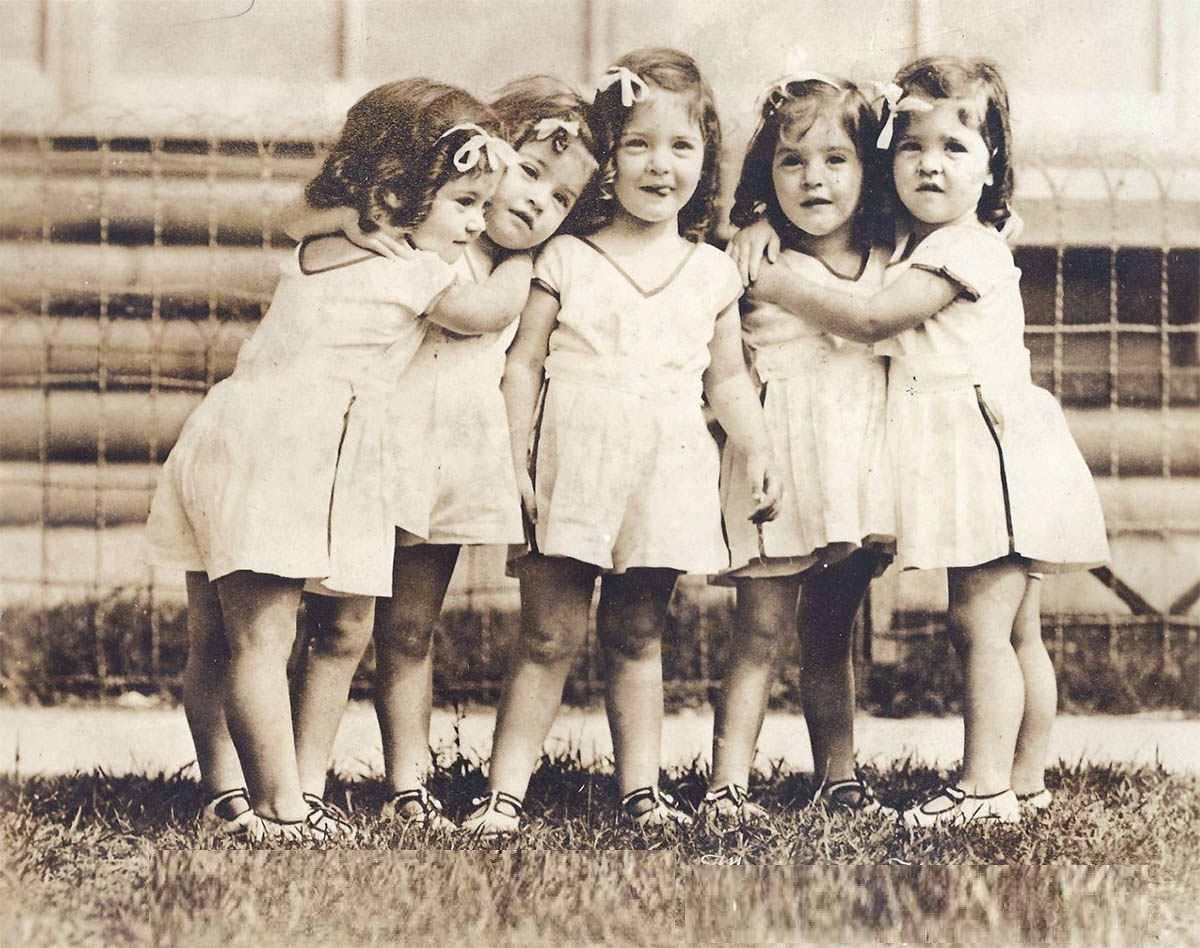 Unknown Author, Wikimedia Commons
Unknown Author, Wikimedia Commons
The Dionne Quintuplets: The Government Became Their Guardian
In an odd twist, the girls didn't end up back with their parents after two years. Ontario's Premier at the time claimed that Oliva and Elzire wanted to exploit their girls, citing their stage performances as "Parents of the World Famous Babies". As a result, the girls fell into the hands of the government. But the horrid truth was that the government planned to exploit the quintuplets themselves.
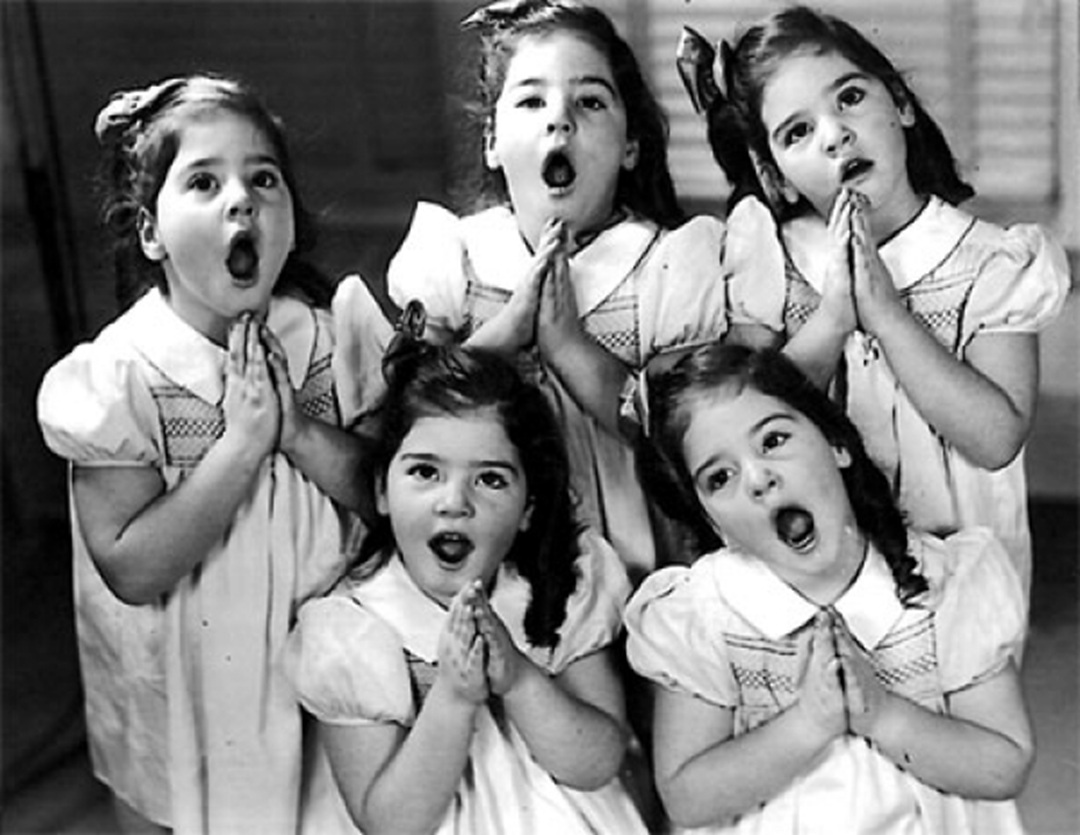 Unknown Author, Wikimedia Commons
Unknown Author, Wikimedia Commons
The Dionne Quintuplets: They Became Celebrities
A Board of Guardians ruled over the girls' lives. Though they may have sheltered and fed them, they also made them into little celebrities who starred in commercials and films. But that was only the tip of the iceberg. Dafoe Nursery was constructed especially for the girls—but it was more like a money-making tourist attraction.
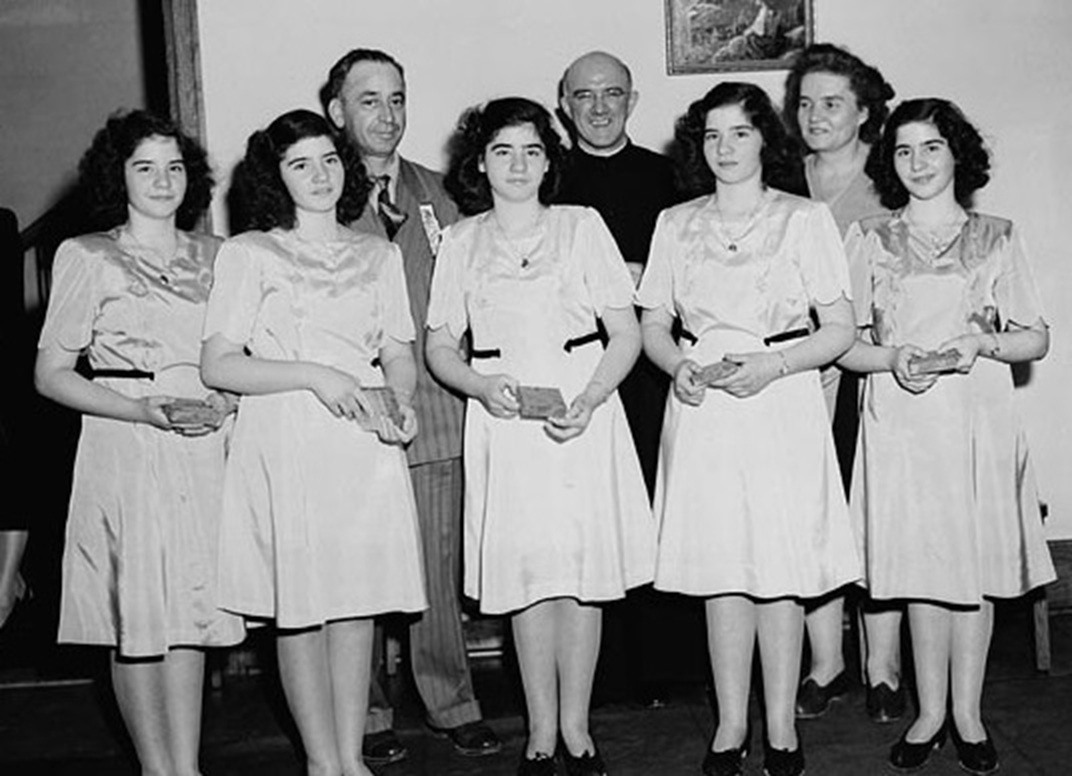 Unknown Author, Wikimedia Commons
Unknown Author, Wikimedia Commons
The Dionne Quintuplets: They Were A Tourist Attraction
In 1926, the nursery's observatory opened to the public, allowing curious crowds to witness the amazing quintuplets through a one-way screen. Four times per day, the quintuplets played while onlookers hovered on the other side of the partition. Reportedly, the nursery had 3,000 visitors a day. But that wasn't the most disturbing part.
 Unknown Author, Wikimedia Commons
Unknown Author, Wikimedia Commons
The Dionne Quintuplets: They Were Put On Display
Eventually, the nursery became known as "Quintland". The quintuplets' father Oliva even set up a souvenir shop. Tourists could purchase all kinds of quintuplet-themed merchandise such as dolls, books, plates, cups, and so much more. The girls' unnatural upbringing left deep scars.
The Dionne Quintuplets: They Sued The Government
Though the girls eventually reunited with their parents—who'd worked hard to regain custody—they still felt the echoes of their childhood trauma throughout their lives. It wasn't until 1998, that the surviving three sisters gained some semblance of justice after suing the Ontario government, reaching a settlement of $4 million.
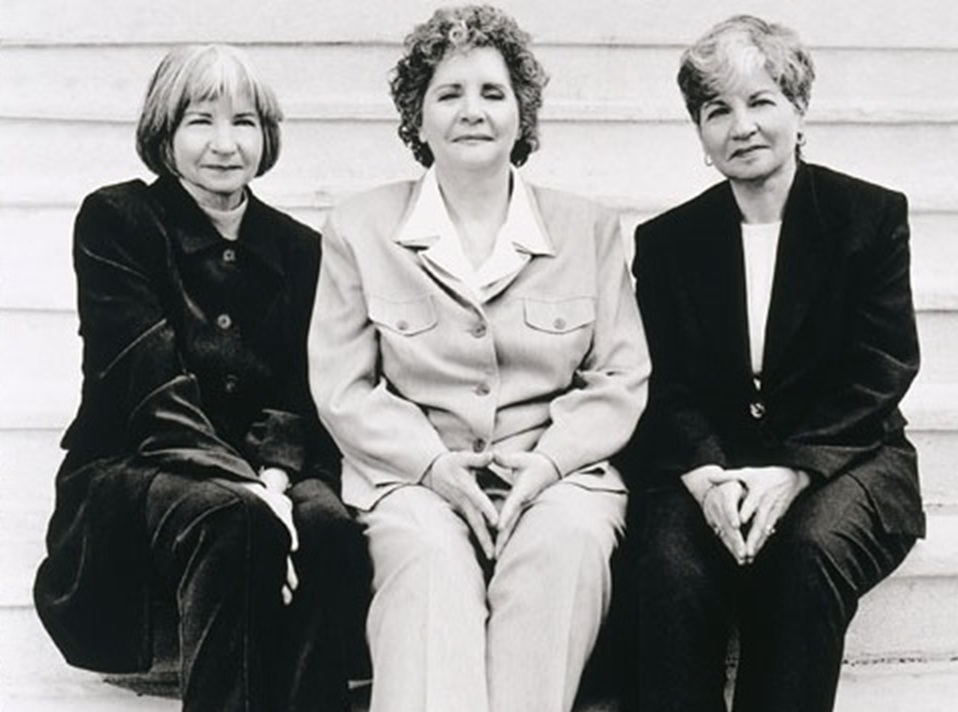 Bryan Adams, Wikimedia Commons
Bryan Adams, Wikimedia Commons
Anna Haining Bates: History's Most Famous Giantess
Born in 1846, in Nova Scotia, Anna Haining Bates would eventually become one of history's tallest women. Surprisingly, though, her parents were of average size and watched in shock as their 13-pound baby girl grew so quickly. By the time she was just four years old, Anna already stood at 4 feet, 6 inches. Of course, this was only the beginning.
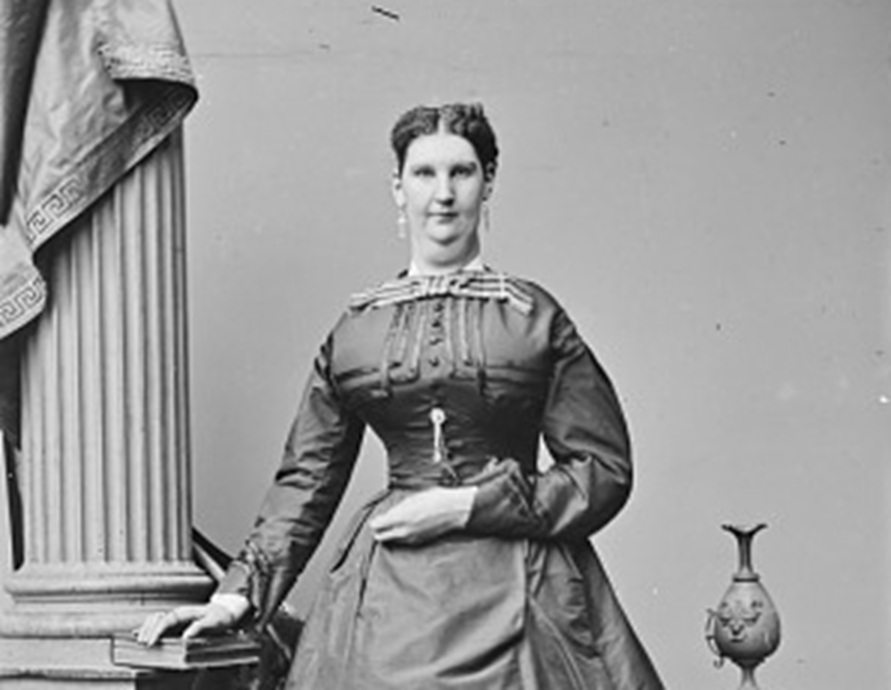 Mathew Brady Studio, Wikimedia Commons
Mathew Brady Studio, Wikimedia Commons
Anna Haining Bates: She Grew At Break-Neck Speed
Anna towered over her parents by the time she reached the age of 15, standing at 7 feet tall. Even then, she had another three years to keep growing—her final height resting at a jaw-dropping 7 feet, 11 inches. However, it was in her 17th year that she began a lucrative career thanks to her unique look.
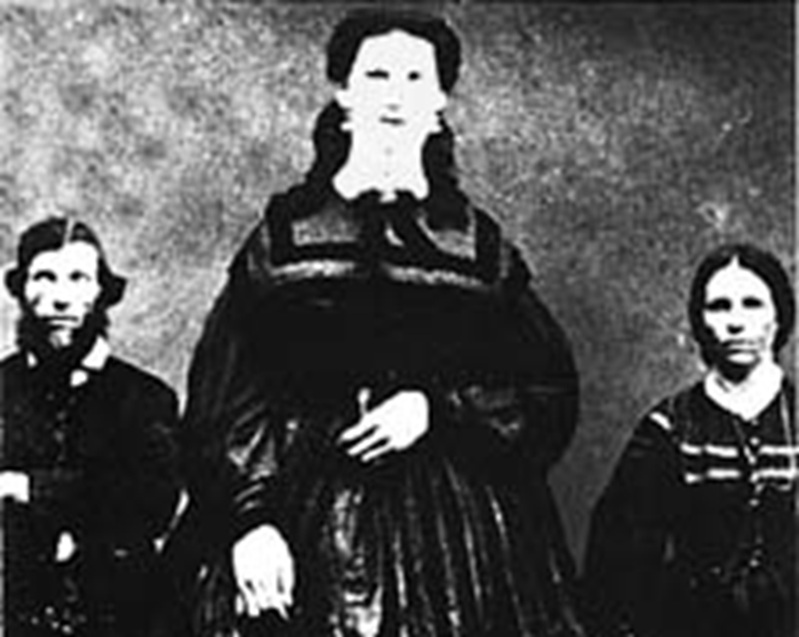 Unknown Author, Wikimedia Commons
Unknown Author, Wikimedia Commons
Anna Haining Bates: She Joined The Circus
Anna's shocking height caught the eye of the famous showman PT Barnum, who hired her as a spectacle to grace Barnum's American Museum. Anna moved to New York City to assume this position—but this career path also led her into an arena of mortal danger.
 Yale University Library, Wikimedia Commons
Yale University Library, Wikimedia Commons
Anna Haining Bates: She Almost Perished In A Fire
Anna almost lost her life when a terrifying fire broke out in the museum, blocking her escape route down the stairs. When she tried to exit through a window, she just couldn't fit. Thankfully, help eventually arrived and she survived this near-death experience. But this wouldn't be the only scary chapter of her life.
 Houghton Library, Wikimedia Commons
Houghton Library, Wikimedia Commons
Anna Haining Bates: She Met A Very Tall Man
Anna met her match in Martin Van Buren Bates, who was also a man with a large stature and known as the "Kentucky Giant". They began touring together and romance blossomed from their working relationship. The couple wed in style in 1871, with Queen Victoria herself providing Anna's wedding dress and ring, as well as Martin's watch.
This was undoubtedly a happy chapter of her life—but there was a tragedy on the horizon.
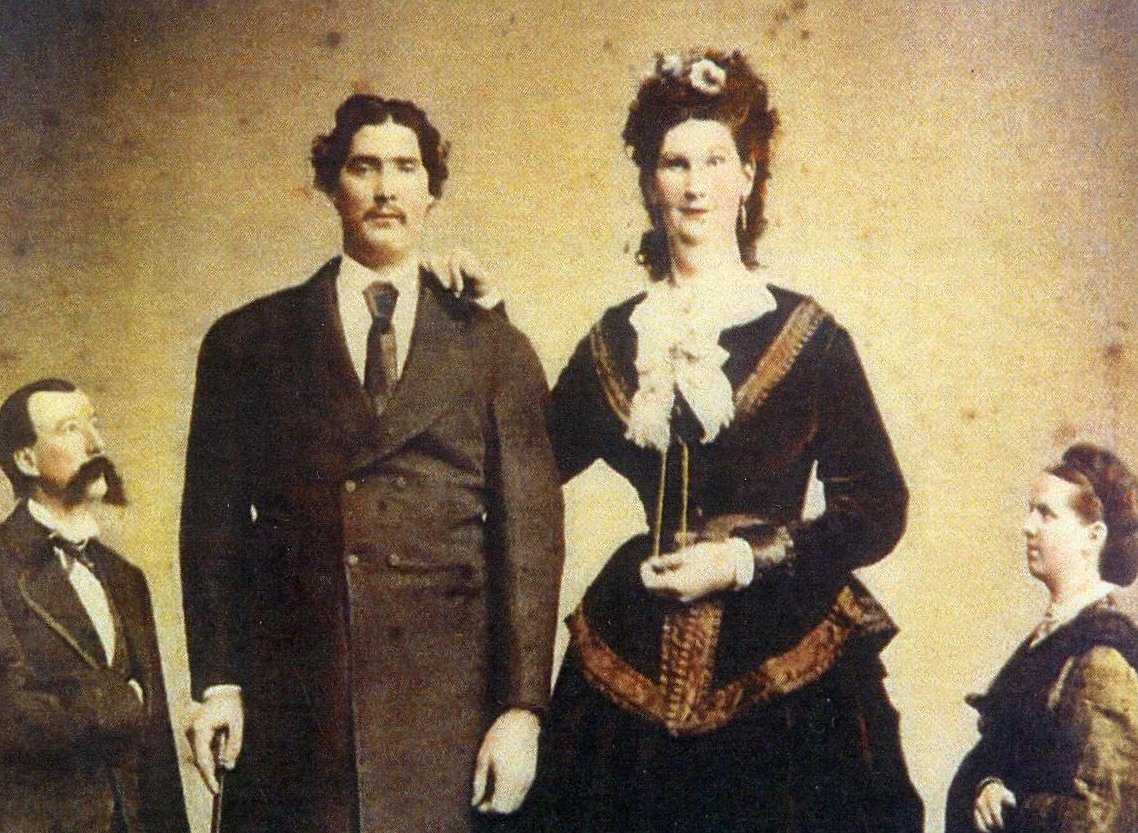 Unknown Author, Wikimedia Commons
Unknown Author, Wikimedia Commons
Anna Haining Bates: Her Children Met Sad Ends
Anna and Martin desperately wanted to start a family—but fate had a cruel twist in store for them. Their first baby girl did not survive birth, weighing 18 pounds. However, her second pregnancy in 1979 was also heartbreaking. Reportedly, Anna's body released 16 gallons of fluid when her waters broke—but as her labor wore on, the doctor came to a chilling realization.
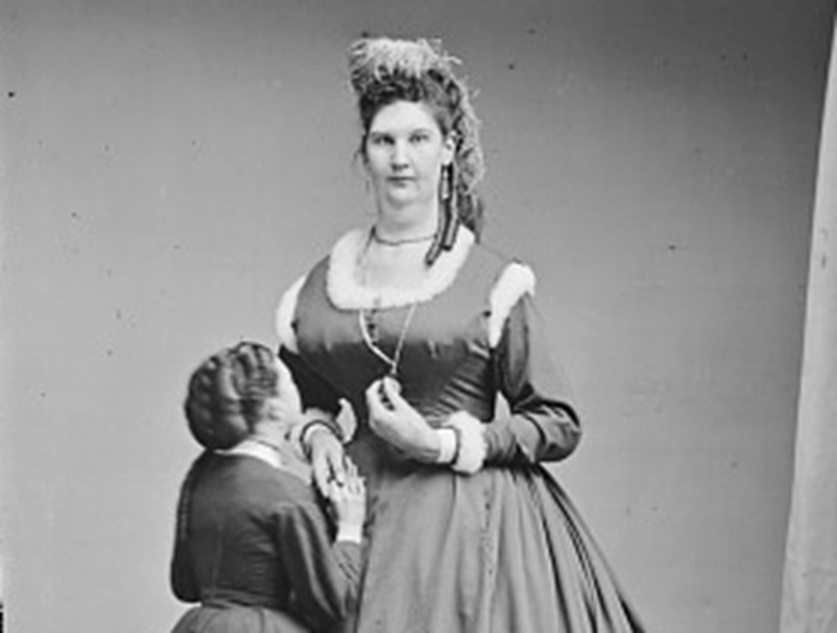 Mathew Brady Studio, Wikimedia Commons
Mathew Brady Studio, Wikimedia Commons
Anna Haining Bates: She Had The Biggest Baby On Record
Anna endured a difficult labor. The baby was so sizable that the doctor couldn't even fit his forceps around the child's head, who, instead, had to be pulled into the world with a bandage. Sadly, Anna's 22-pound baby boy only survived for a short time—just 11 hours after making his appearance.
To this day, he holds the record for the largest baby ever born. According to Martin, "He looked at birth like an ordinary child of six months".
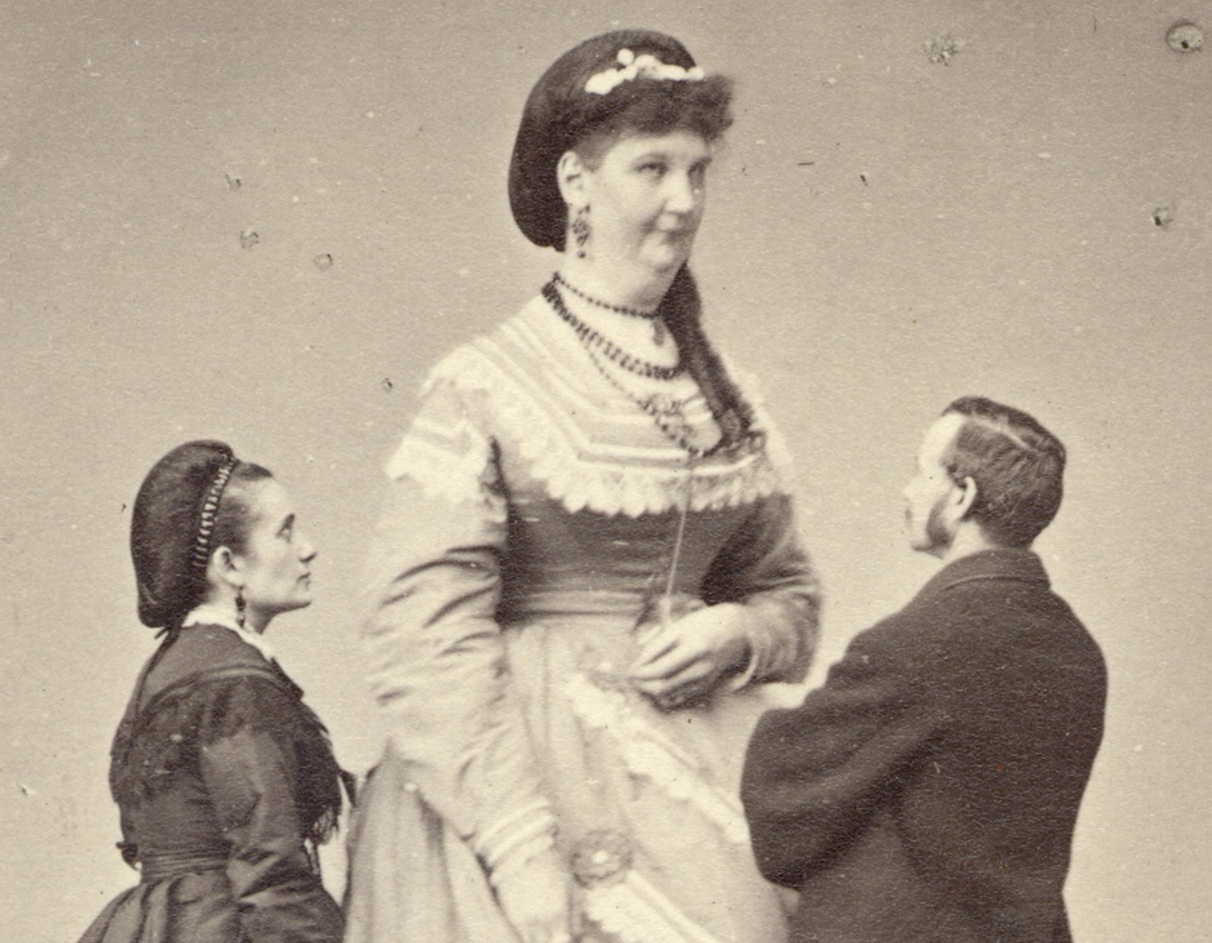 Unknown Author, Wikimedia Commons
Unknown Author, Wikimedia Commons
Anna Haining Bates: She Died From Heart Failure
Anna Haining Bates lived out the remainder of her 42 years in relative peace—in a very large mansion in Seville, Ohio, which accommodated her and her husband's heights. She passed suddenly in her sleep in 1888 as a result of heart failure.
You May Also Like:
The Tragic Lives of Famous Conjoined Twins Eng And Chang Bunker
The Sad And Extraordinary Life Of Commodore Nutt
Sources: 1, 2, 3, 4, 5, 6, 7, 8, 9, 10, 11, 12
 Mathew Brady Studio, Wikimedia Commons
Mathew Brady Studio, Wikimedia Commons


